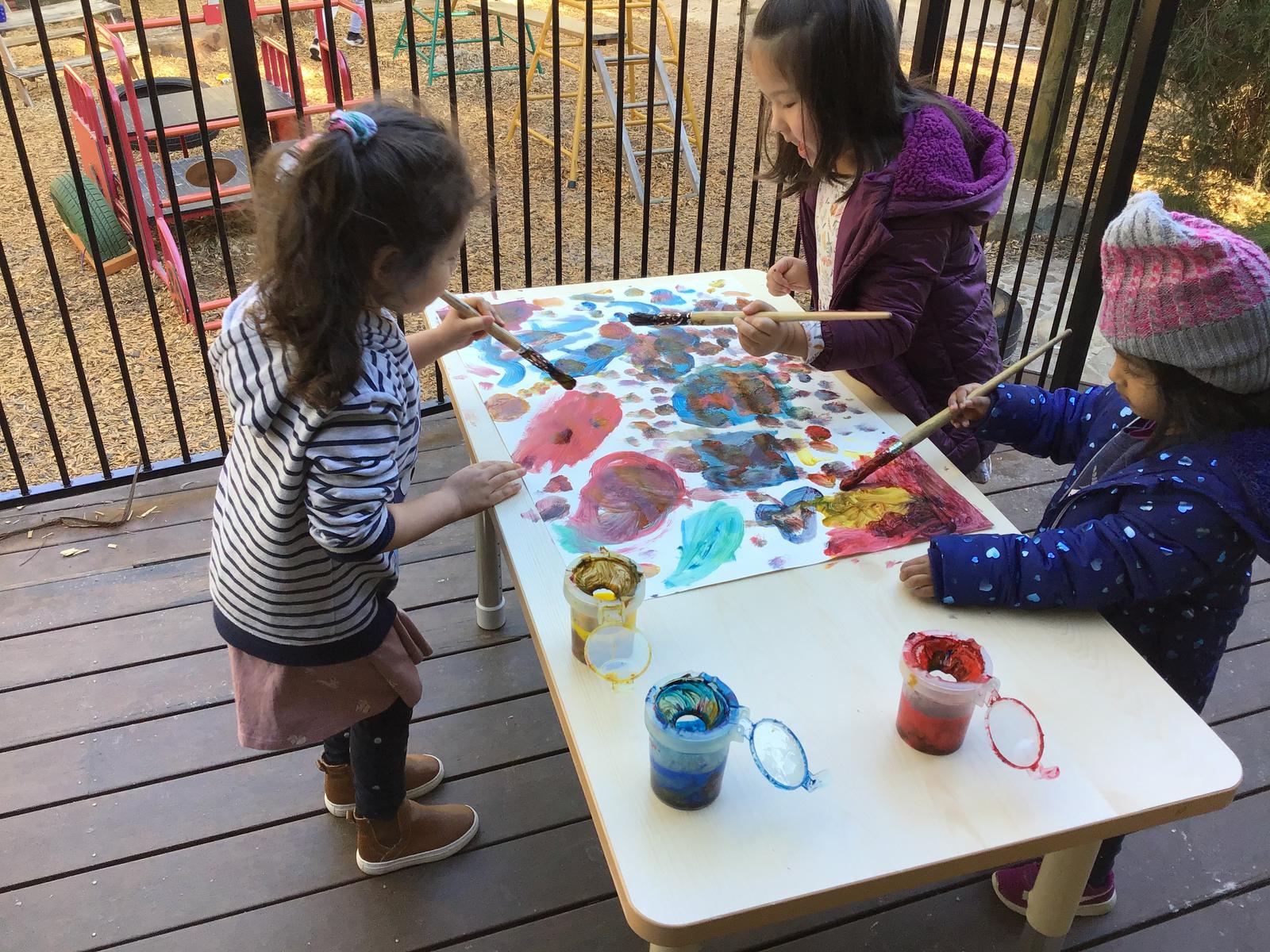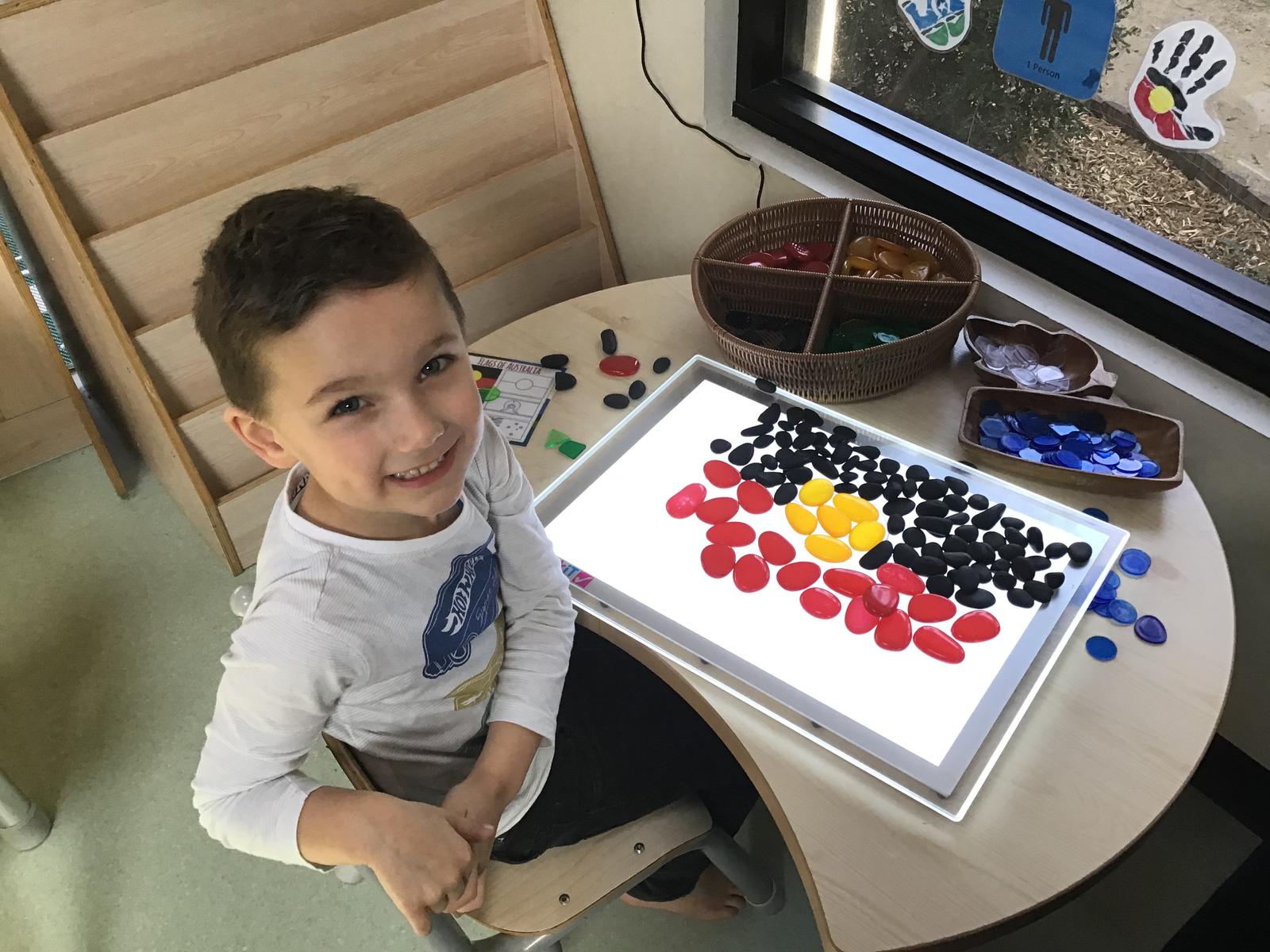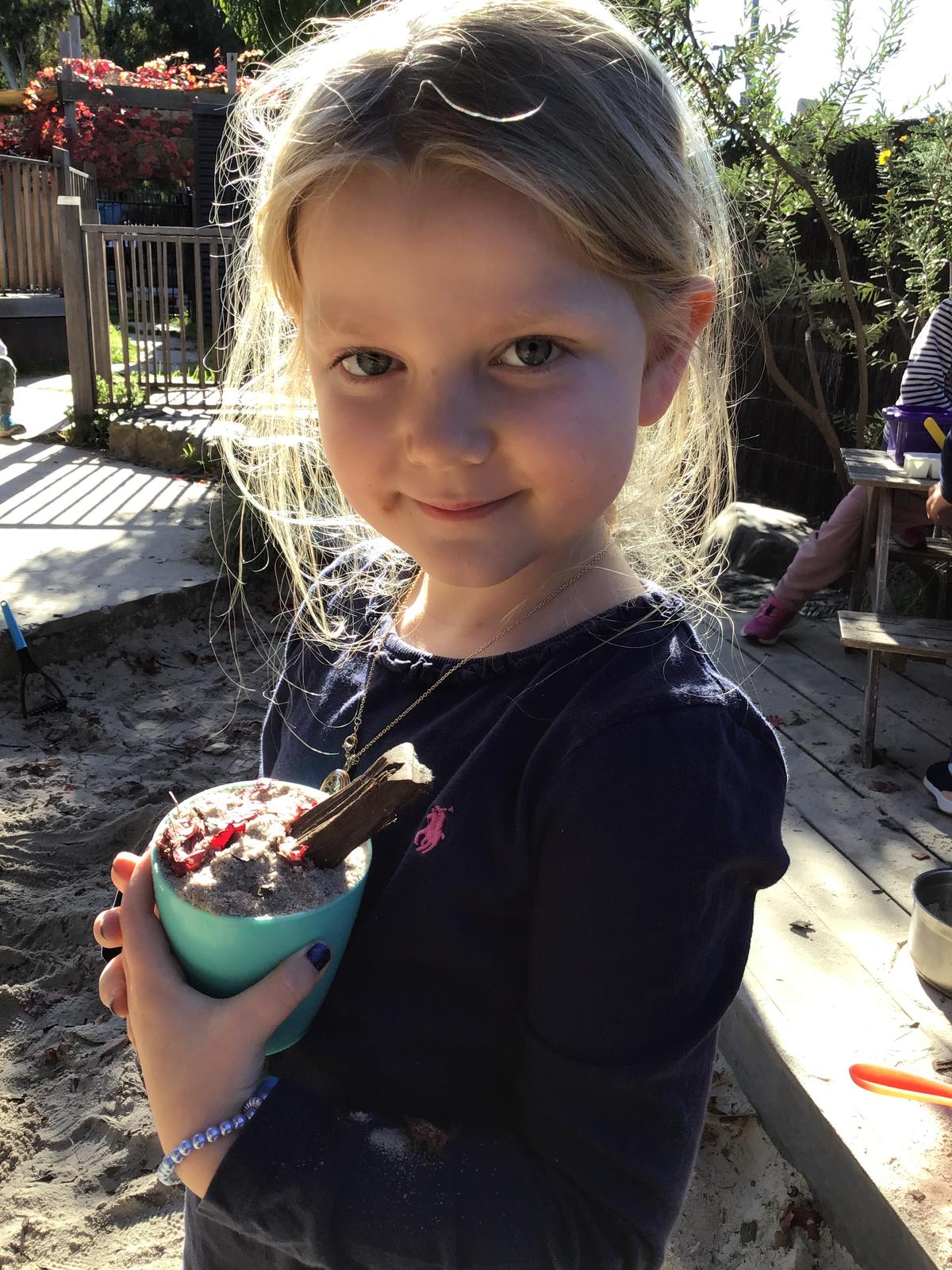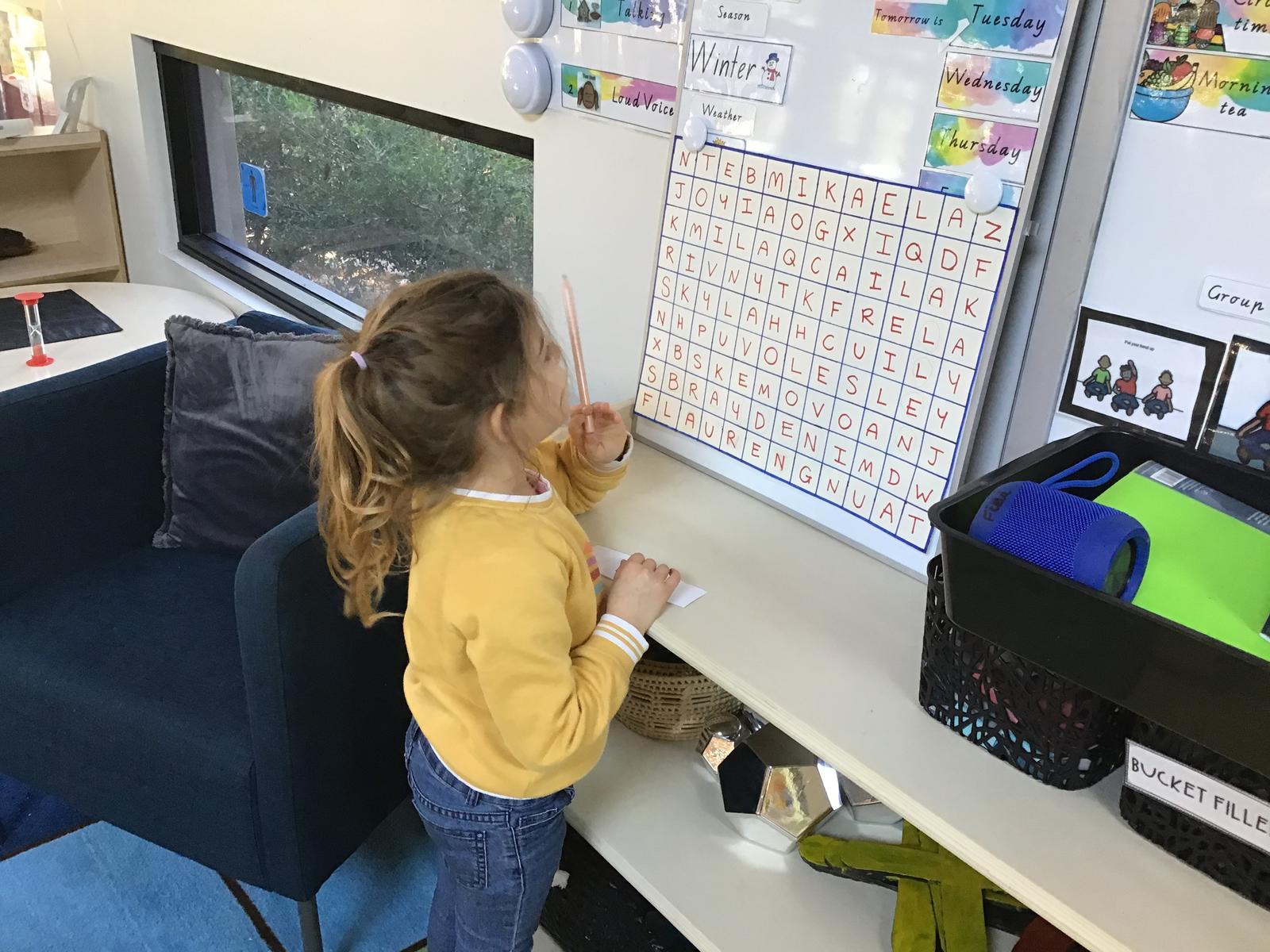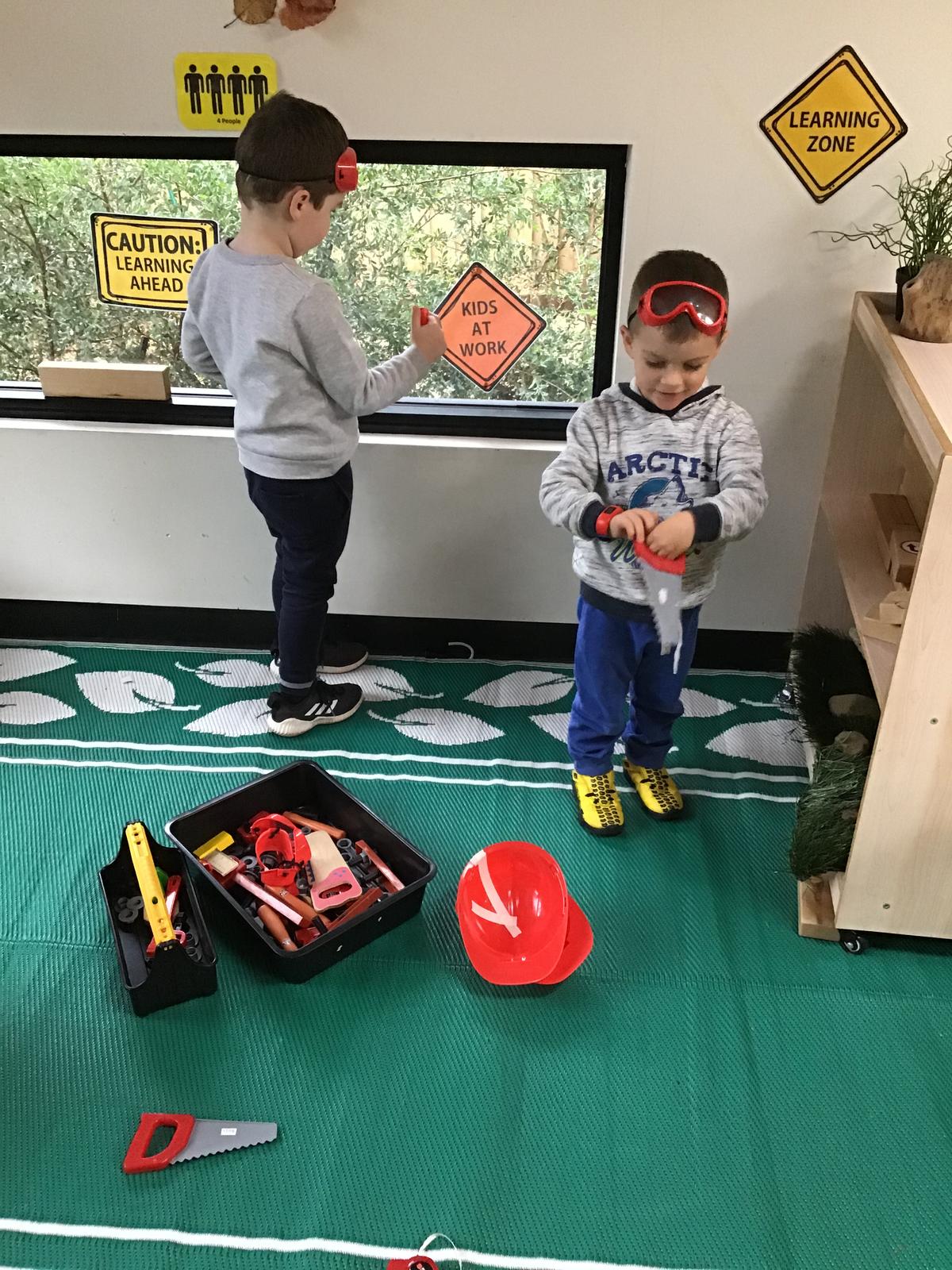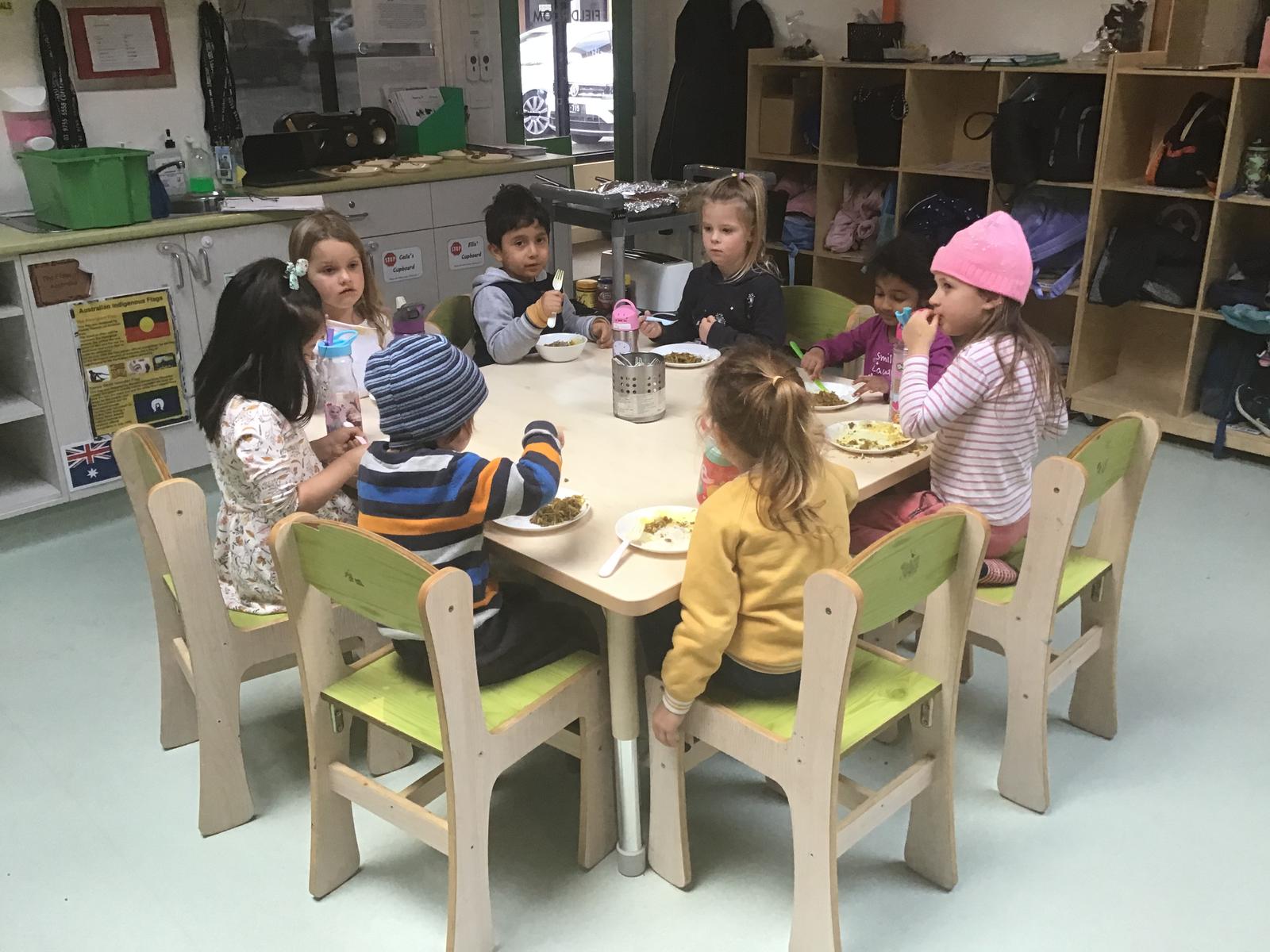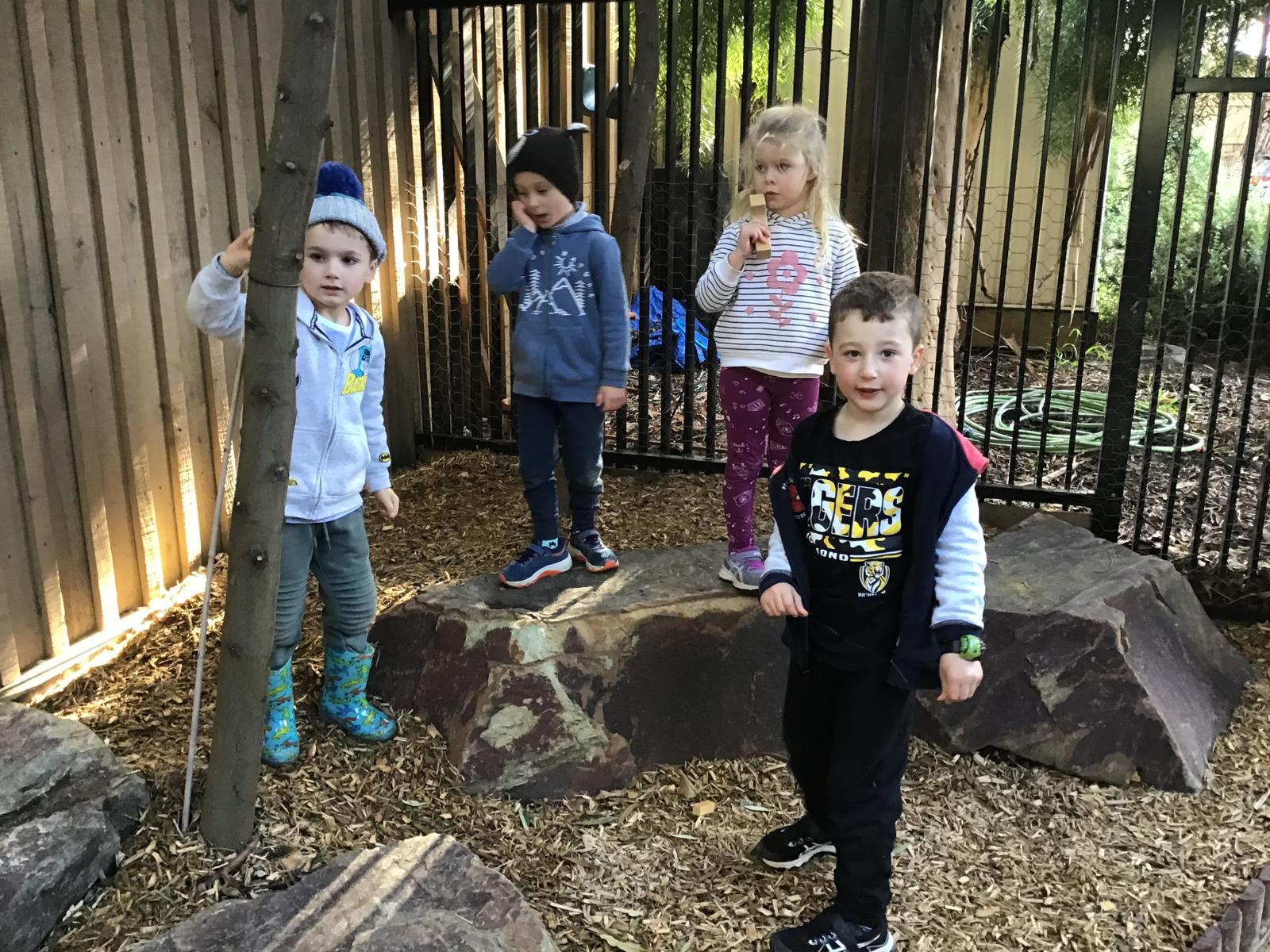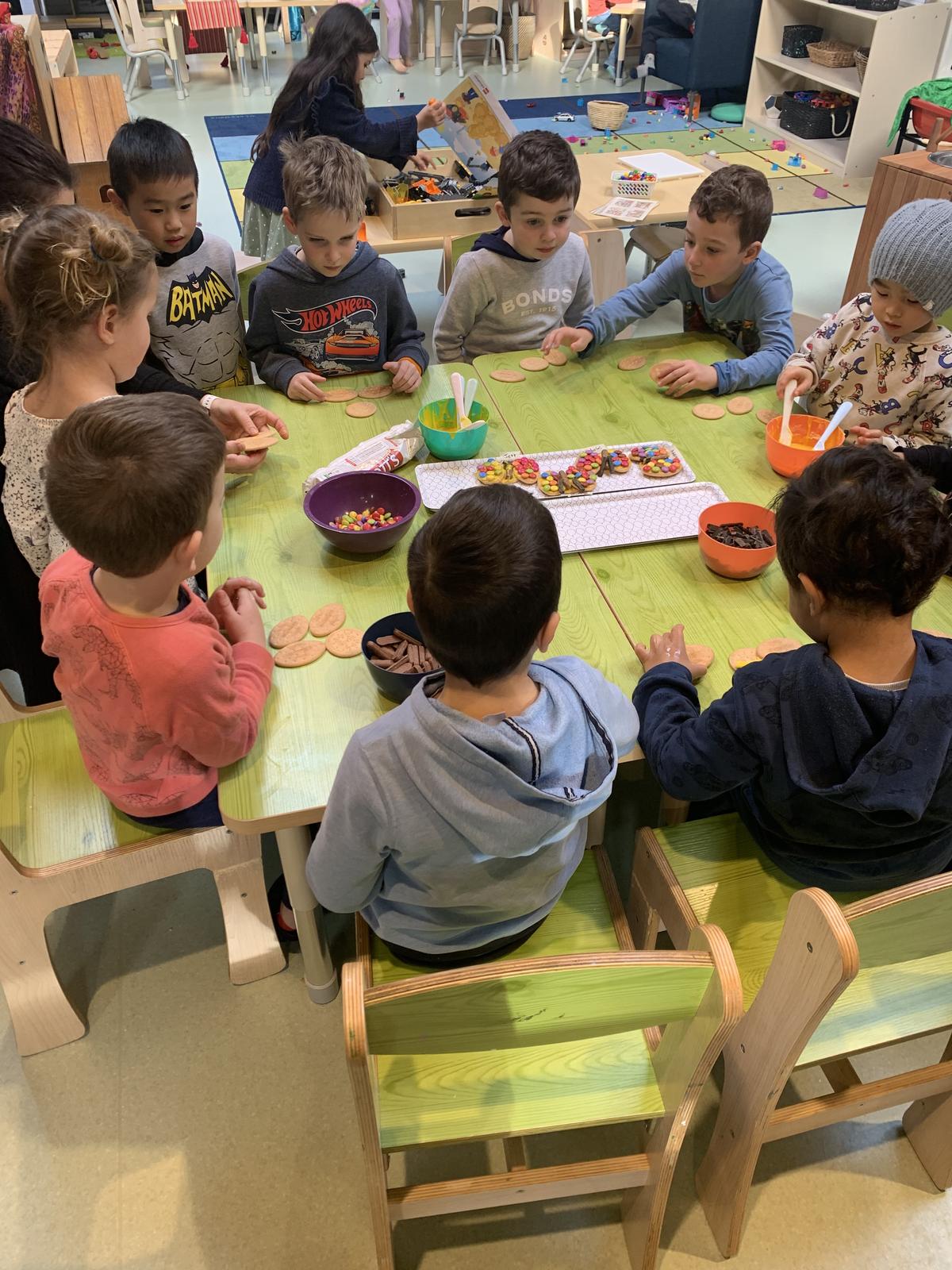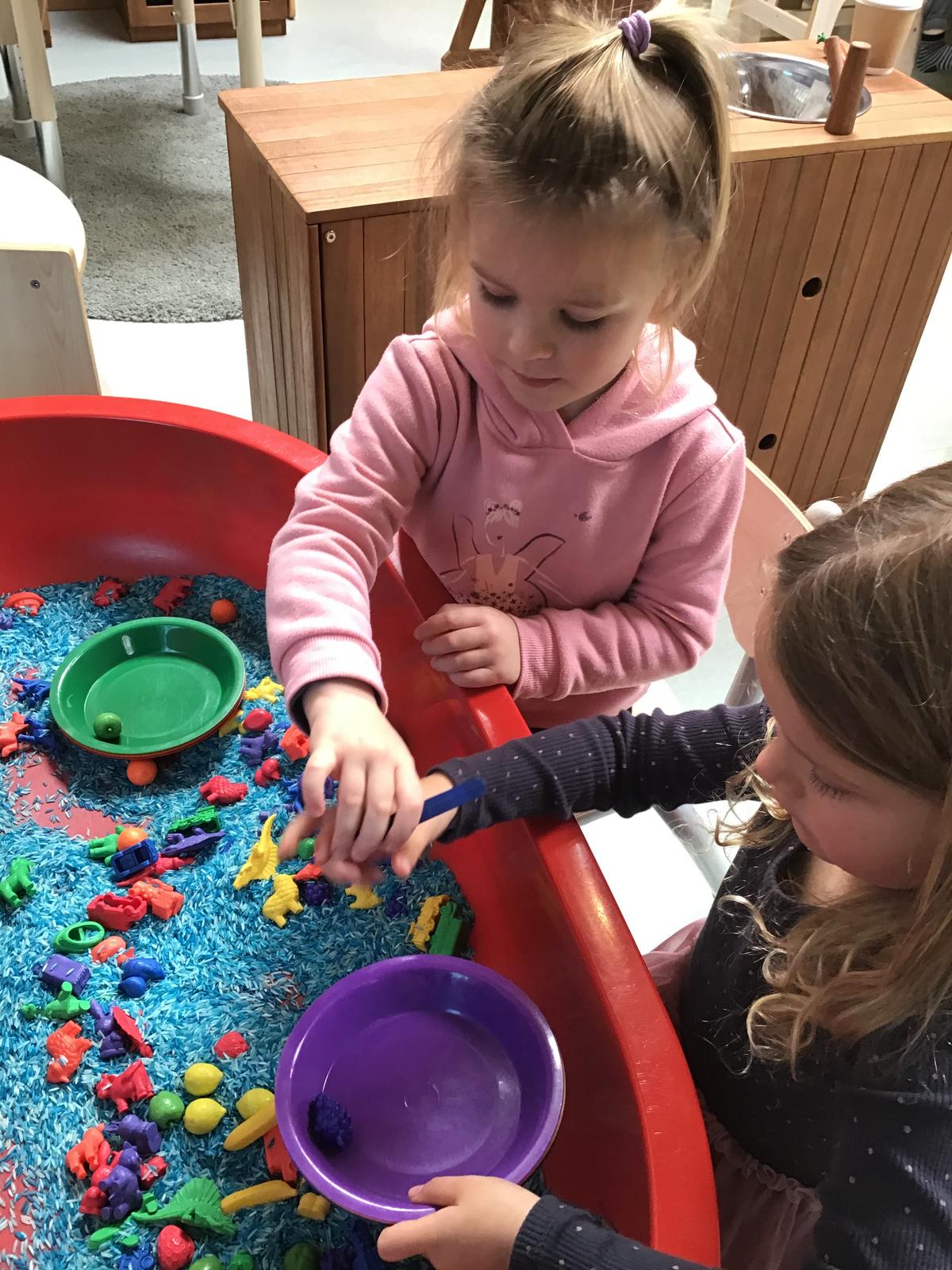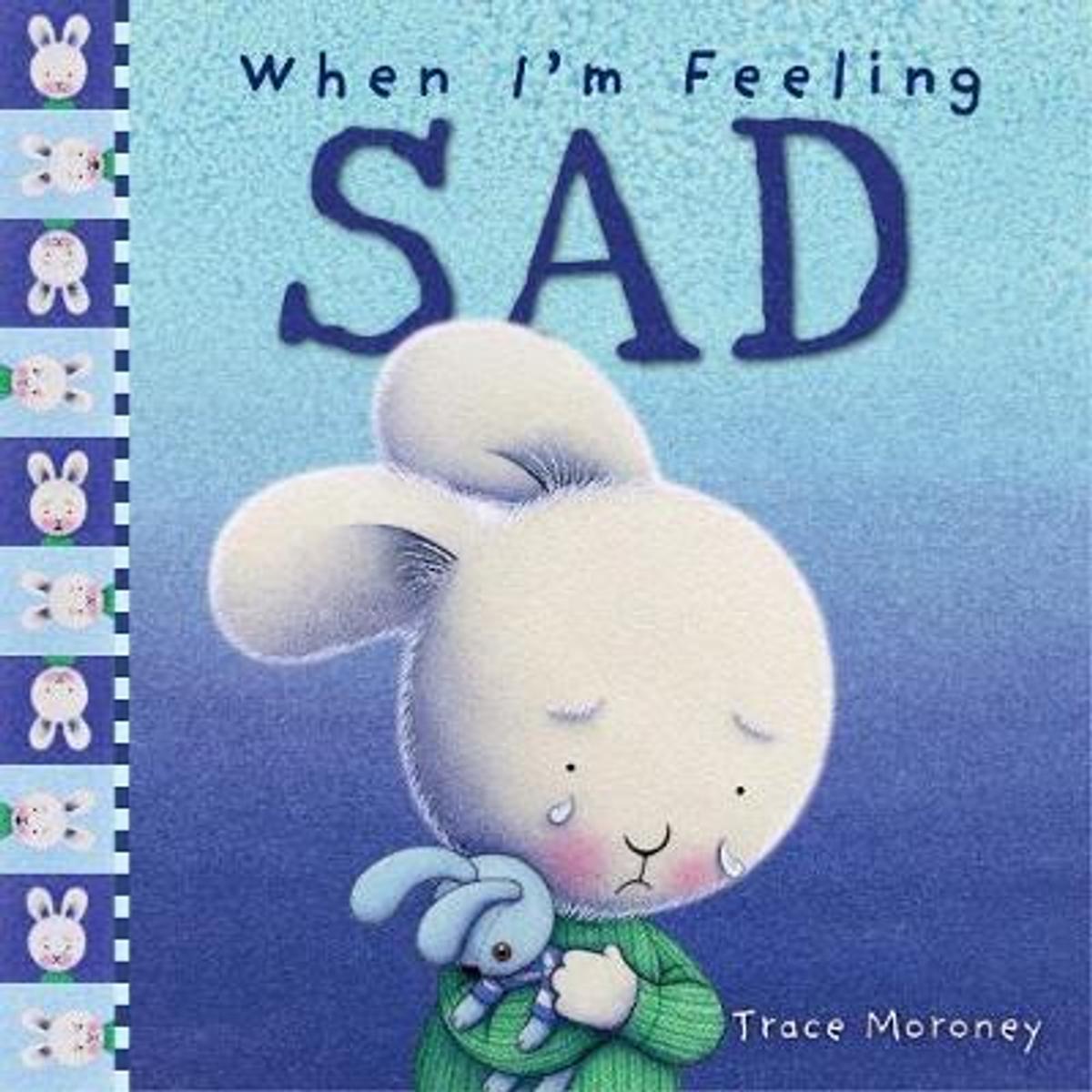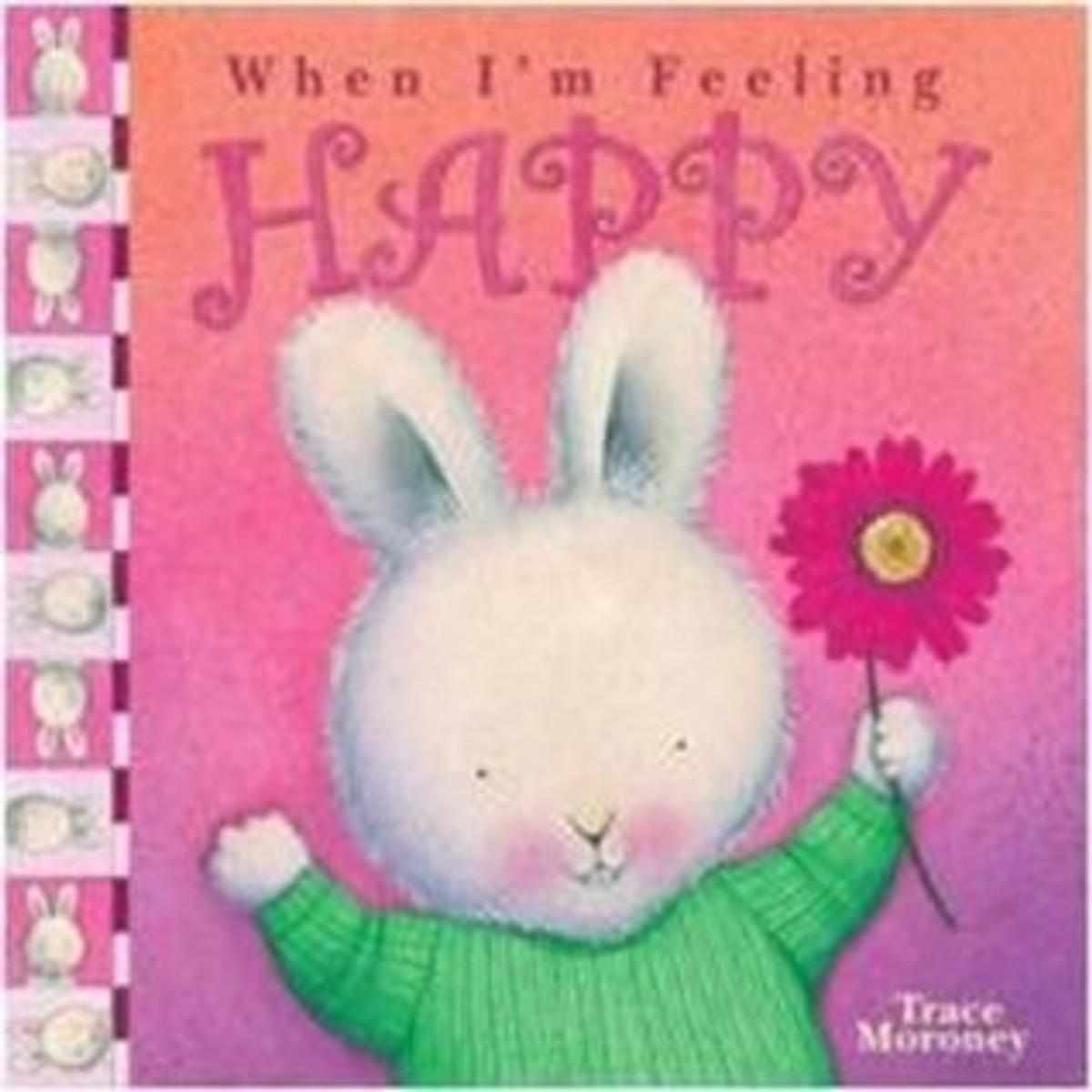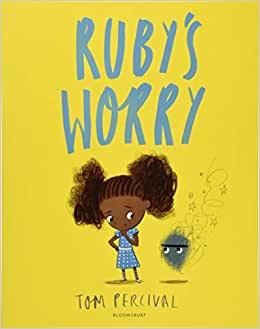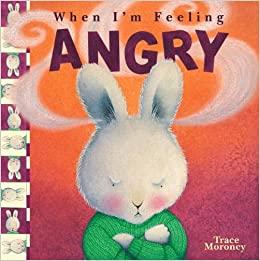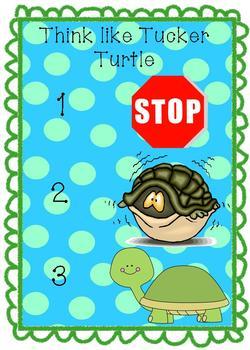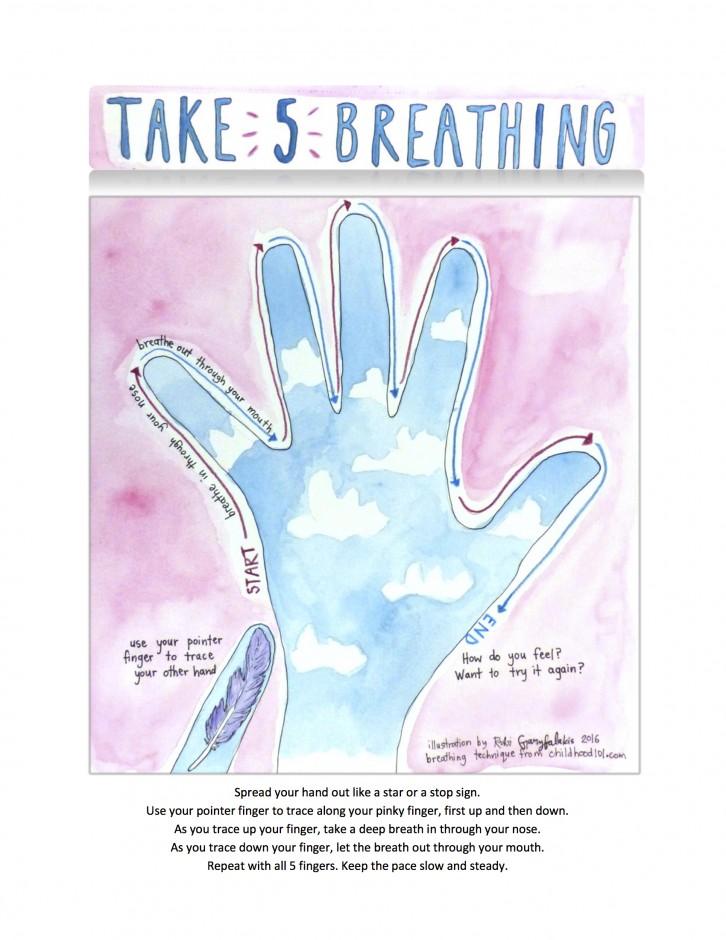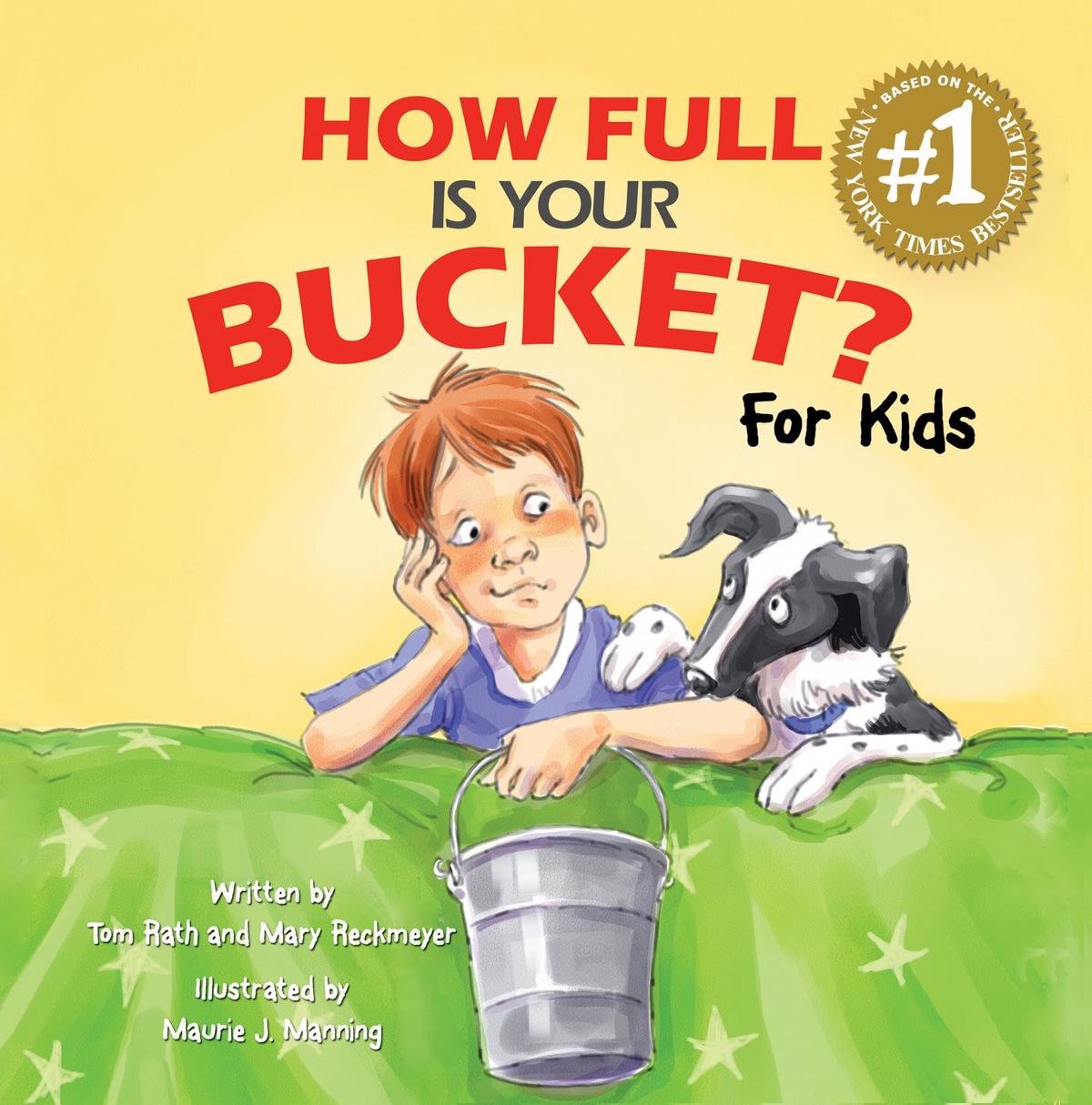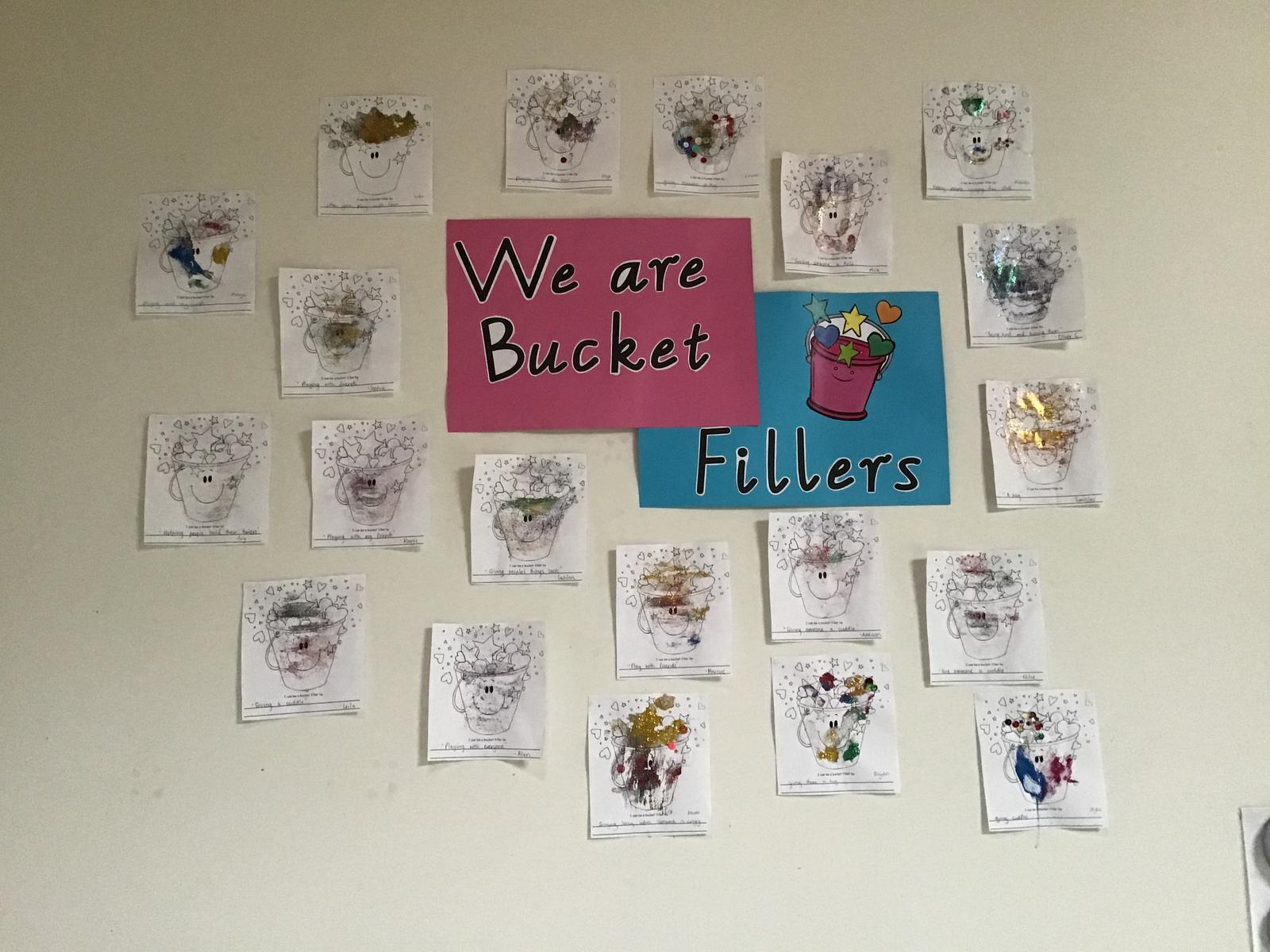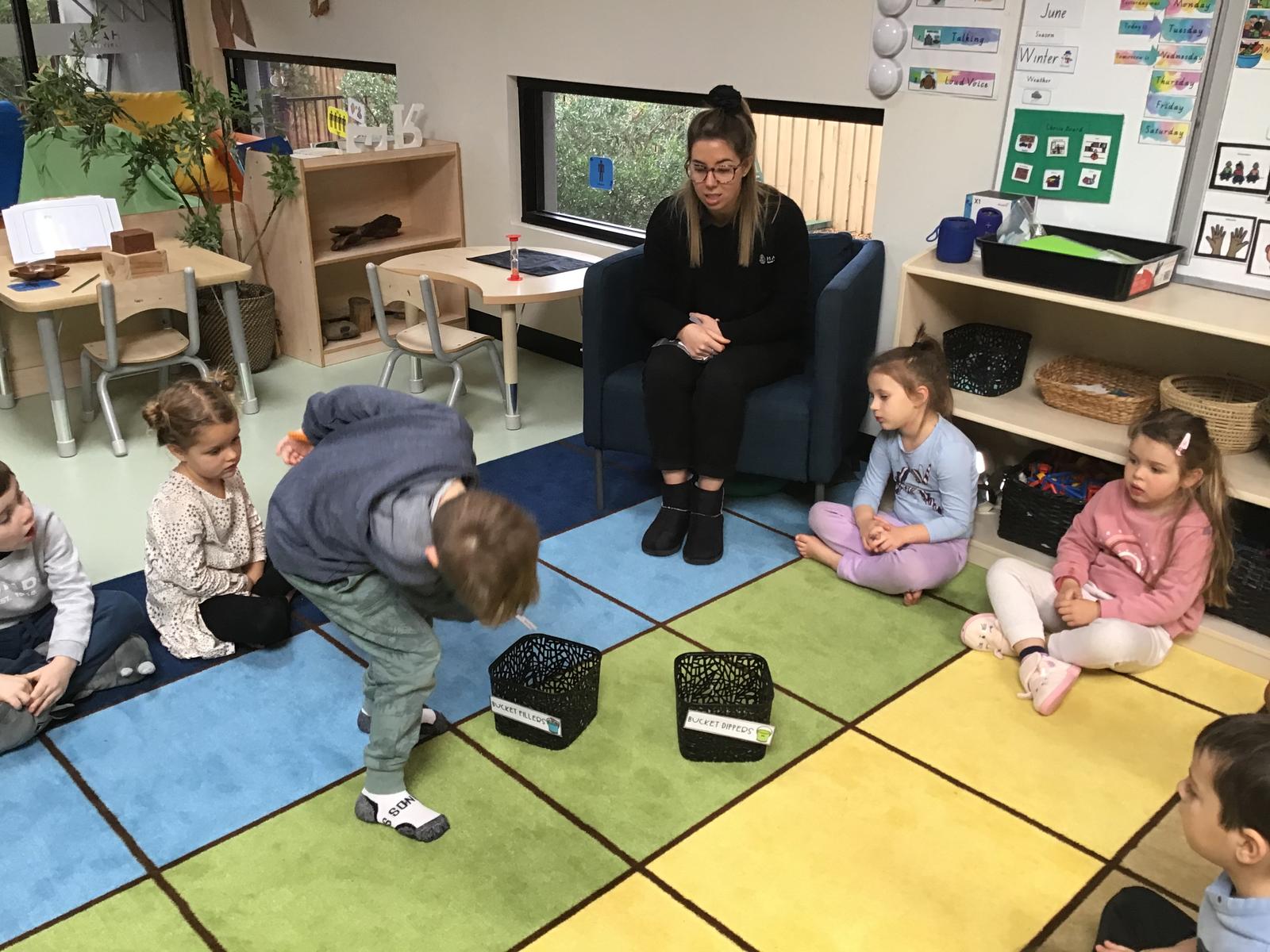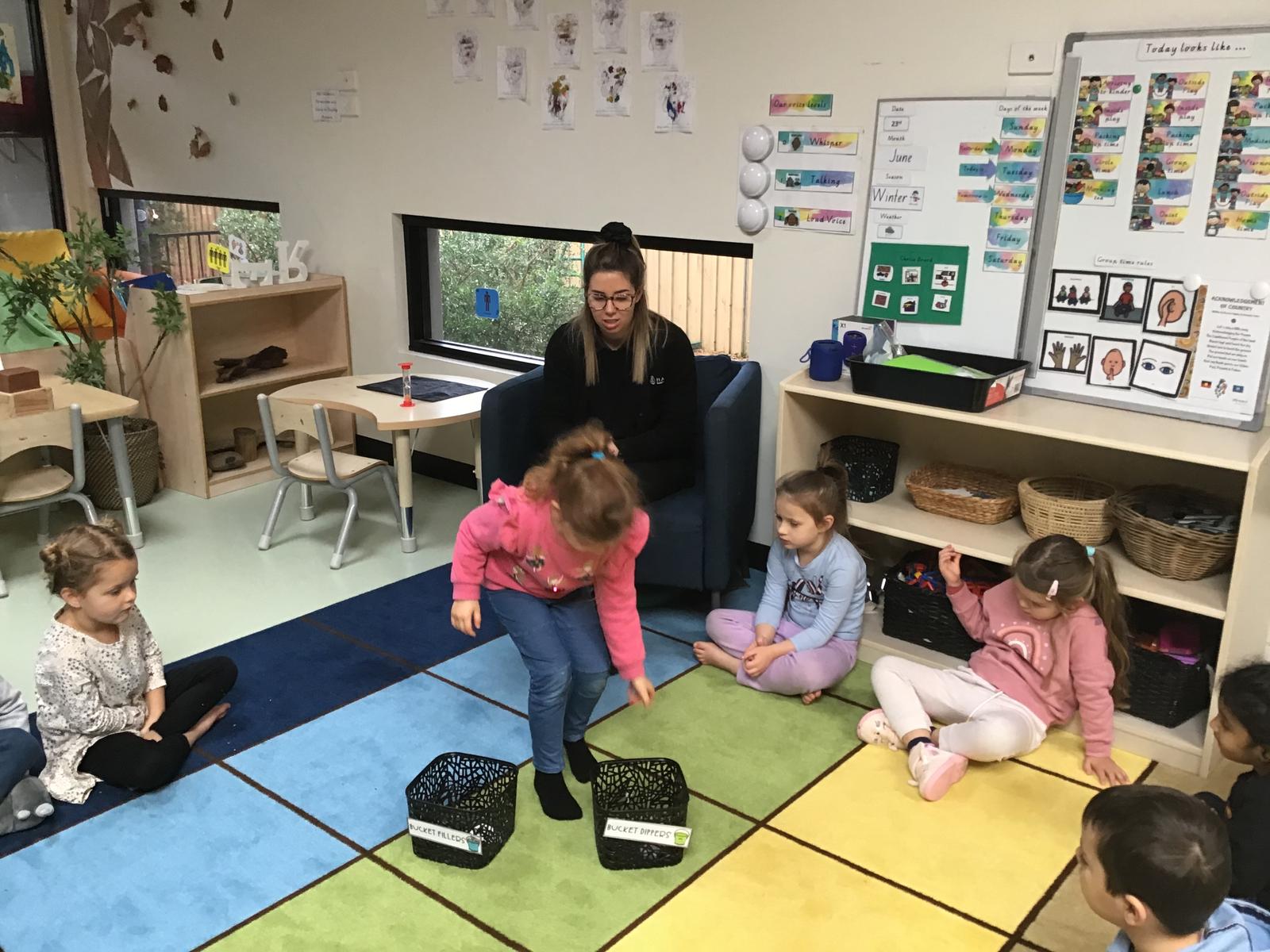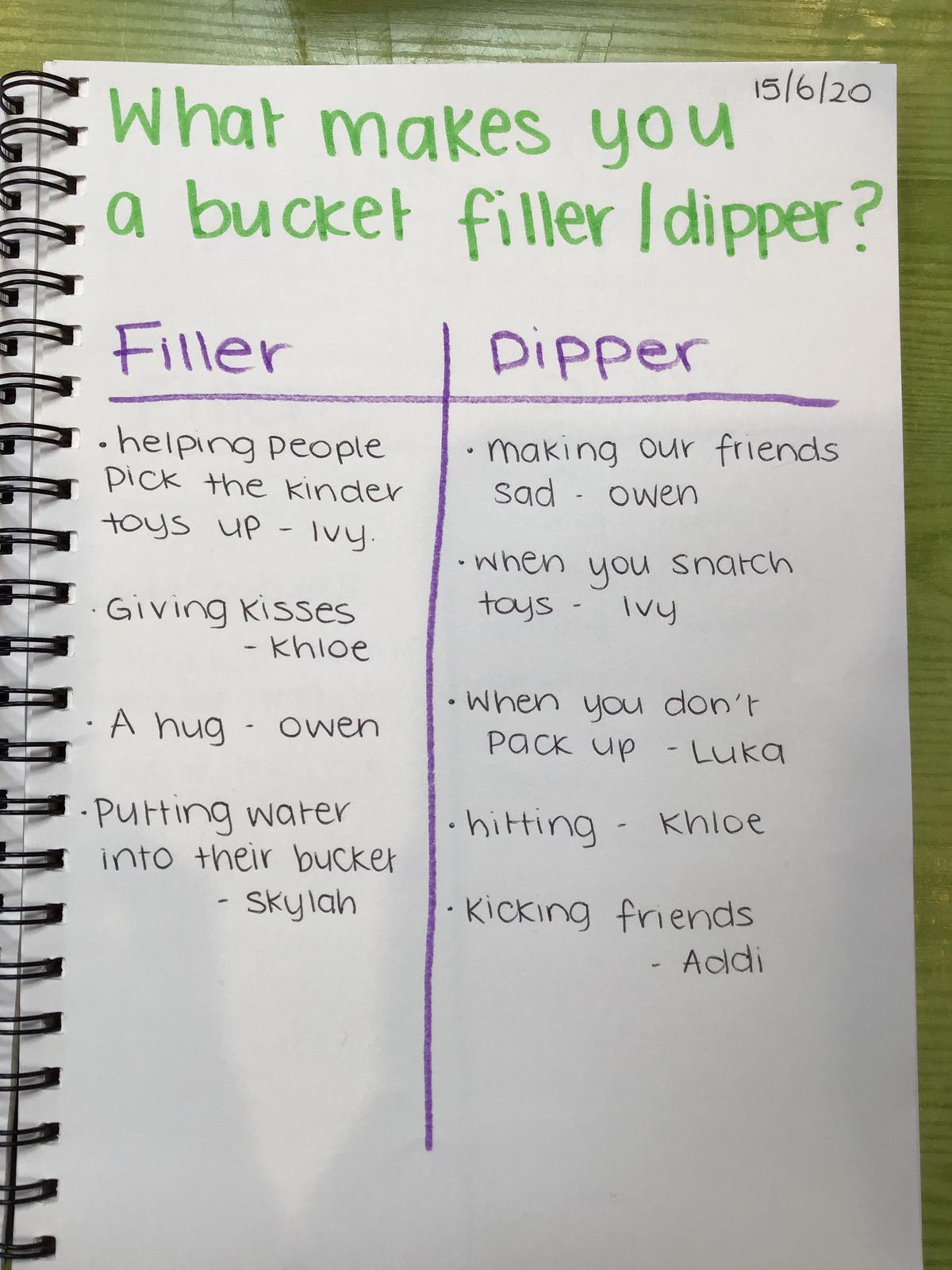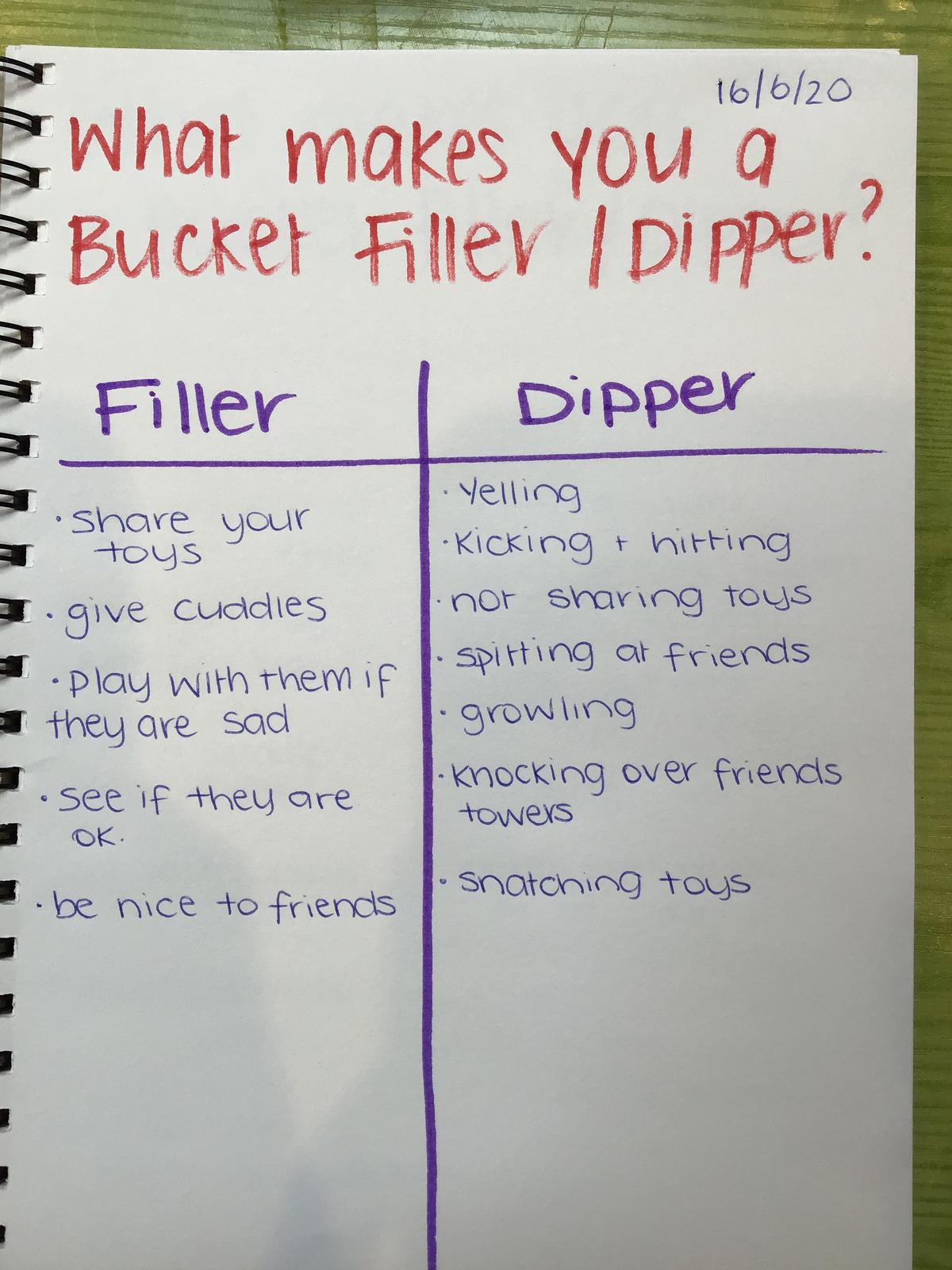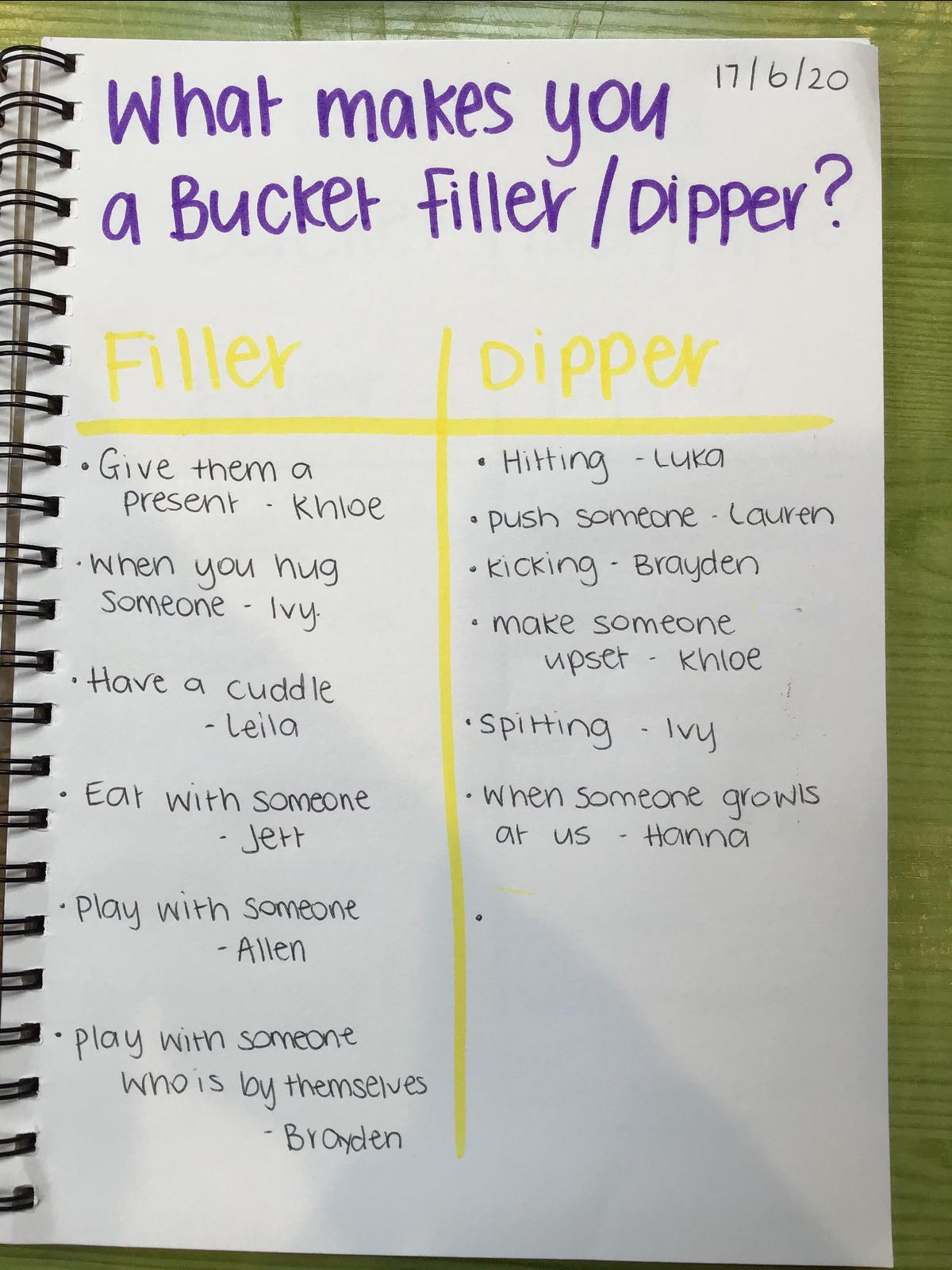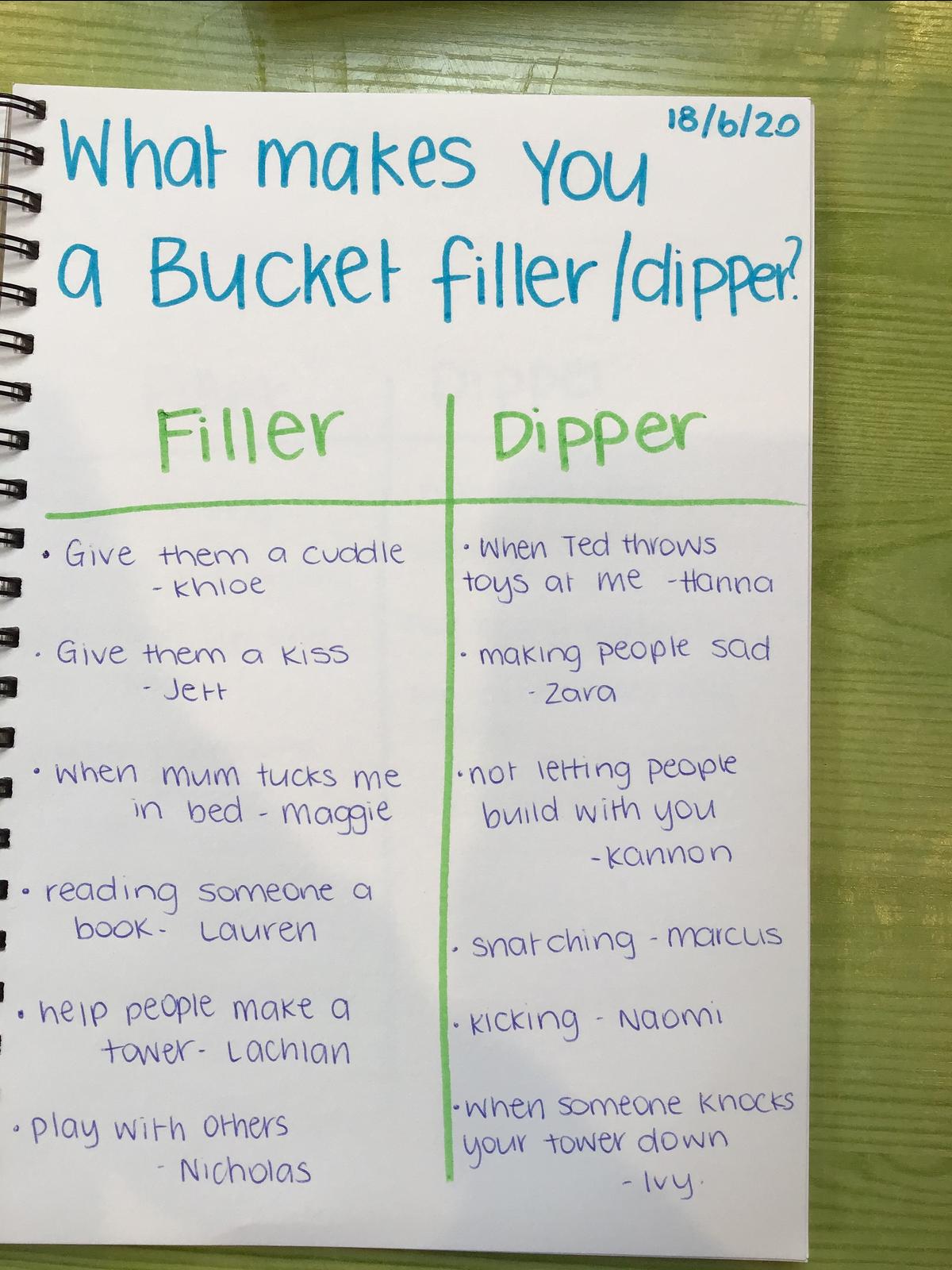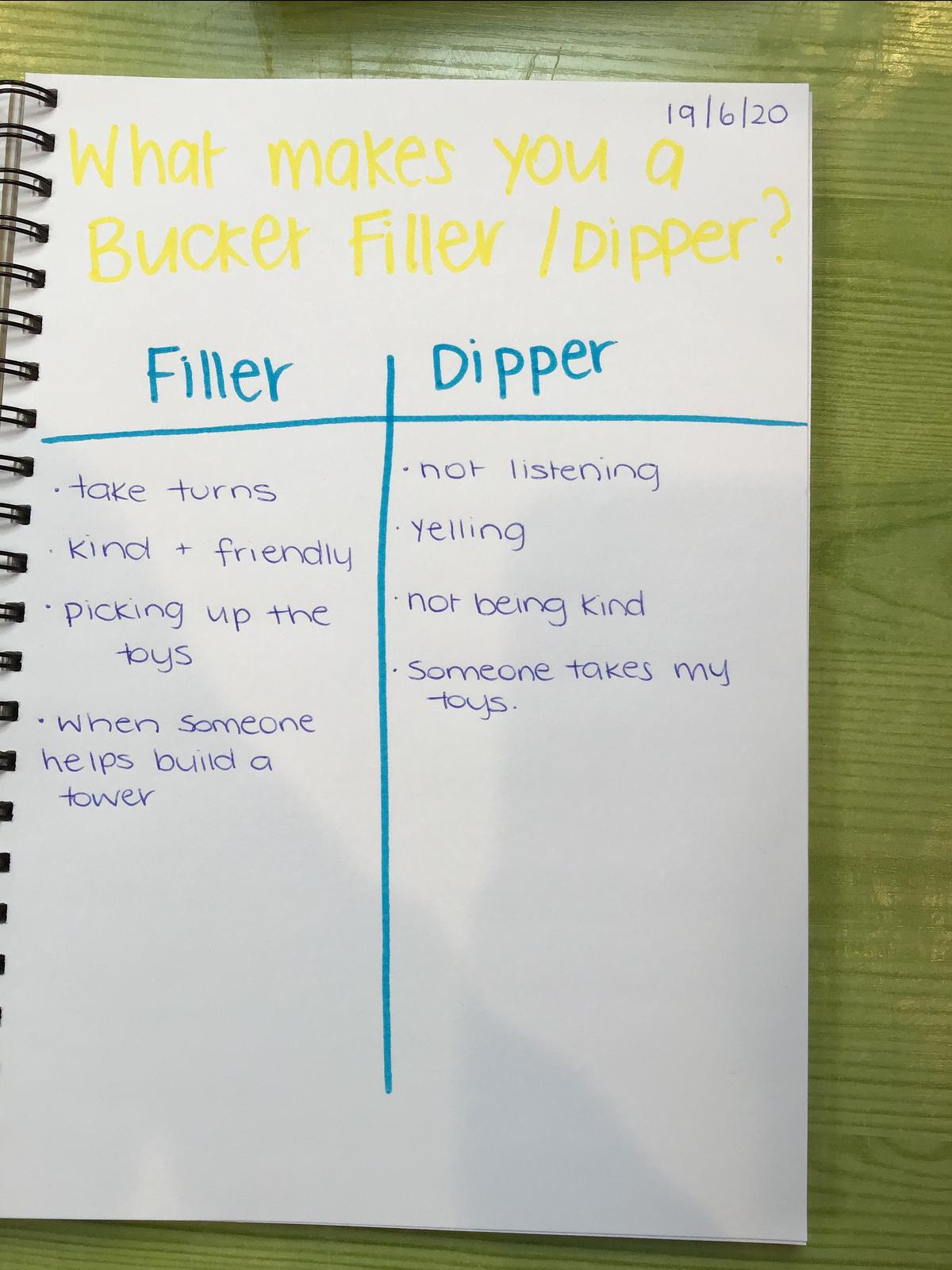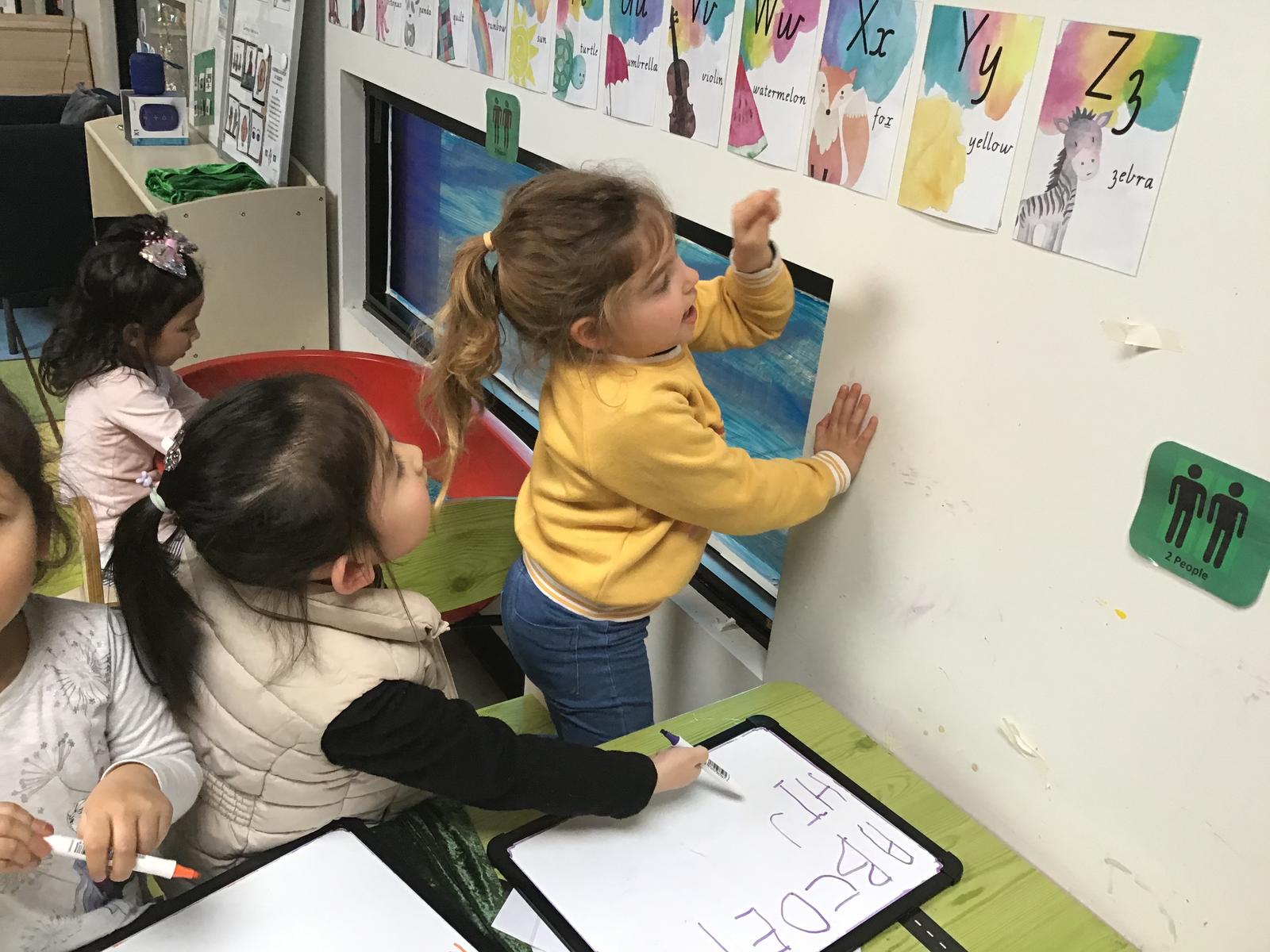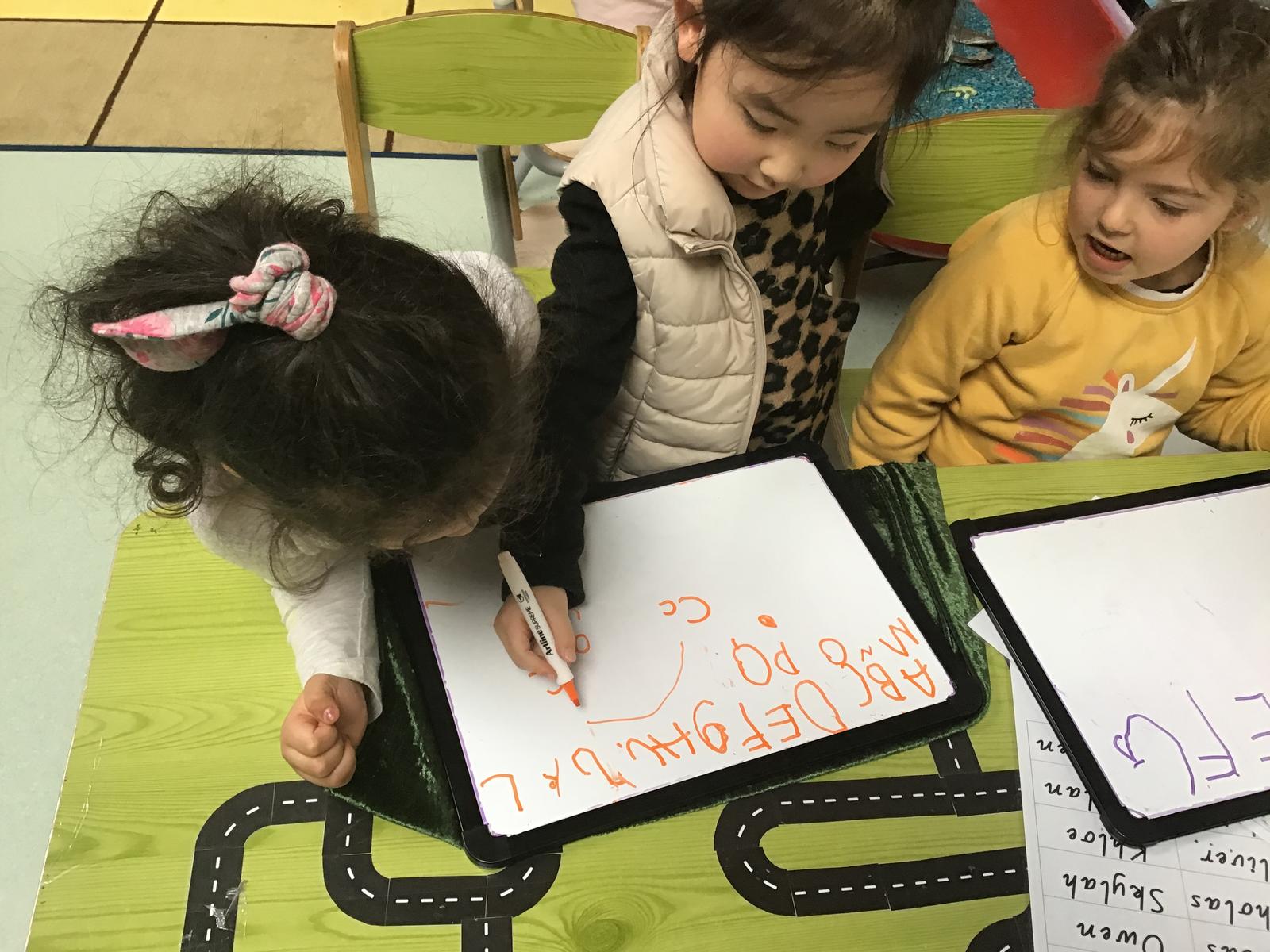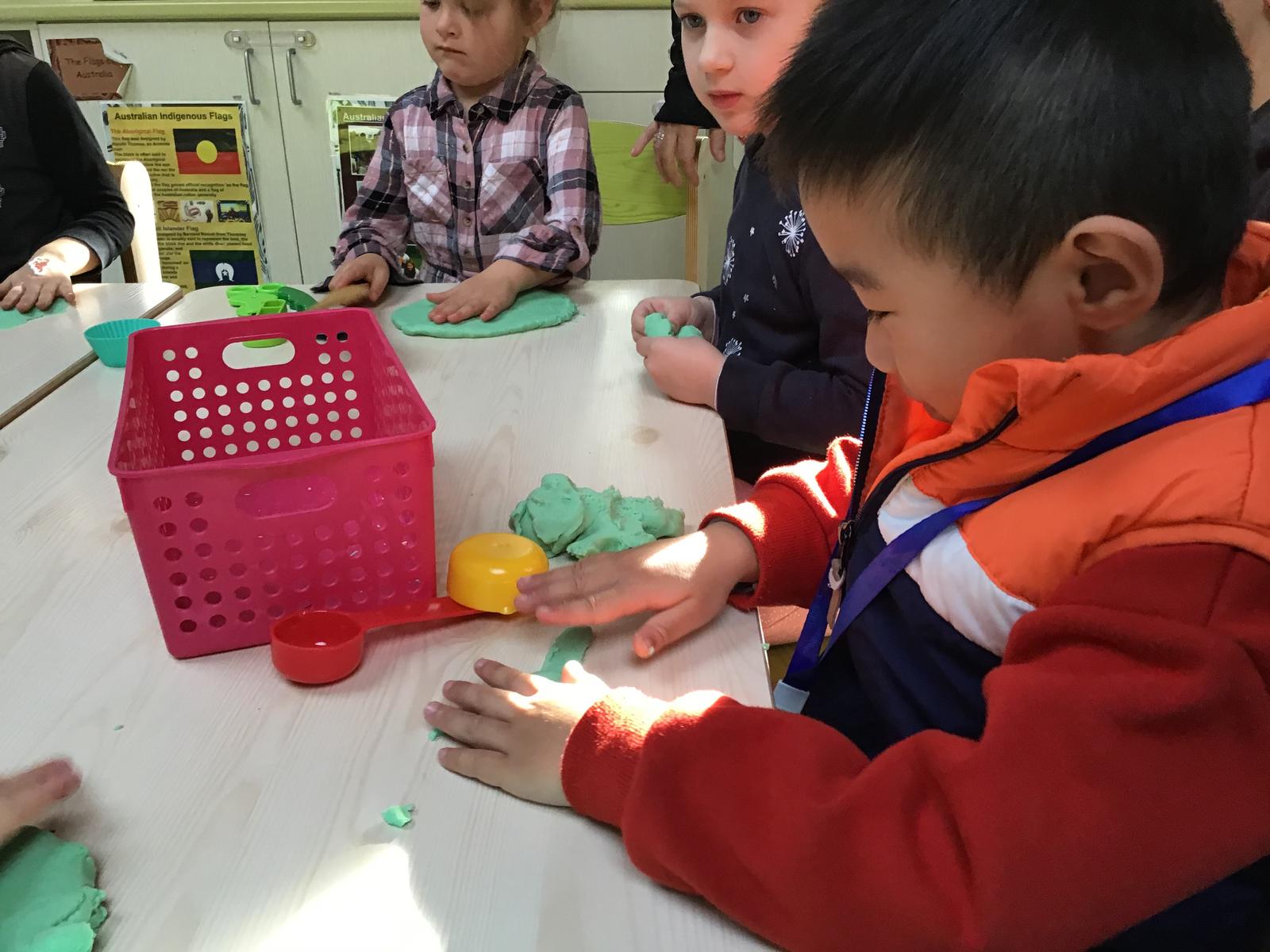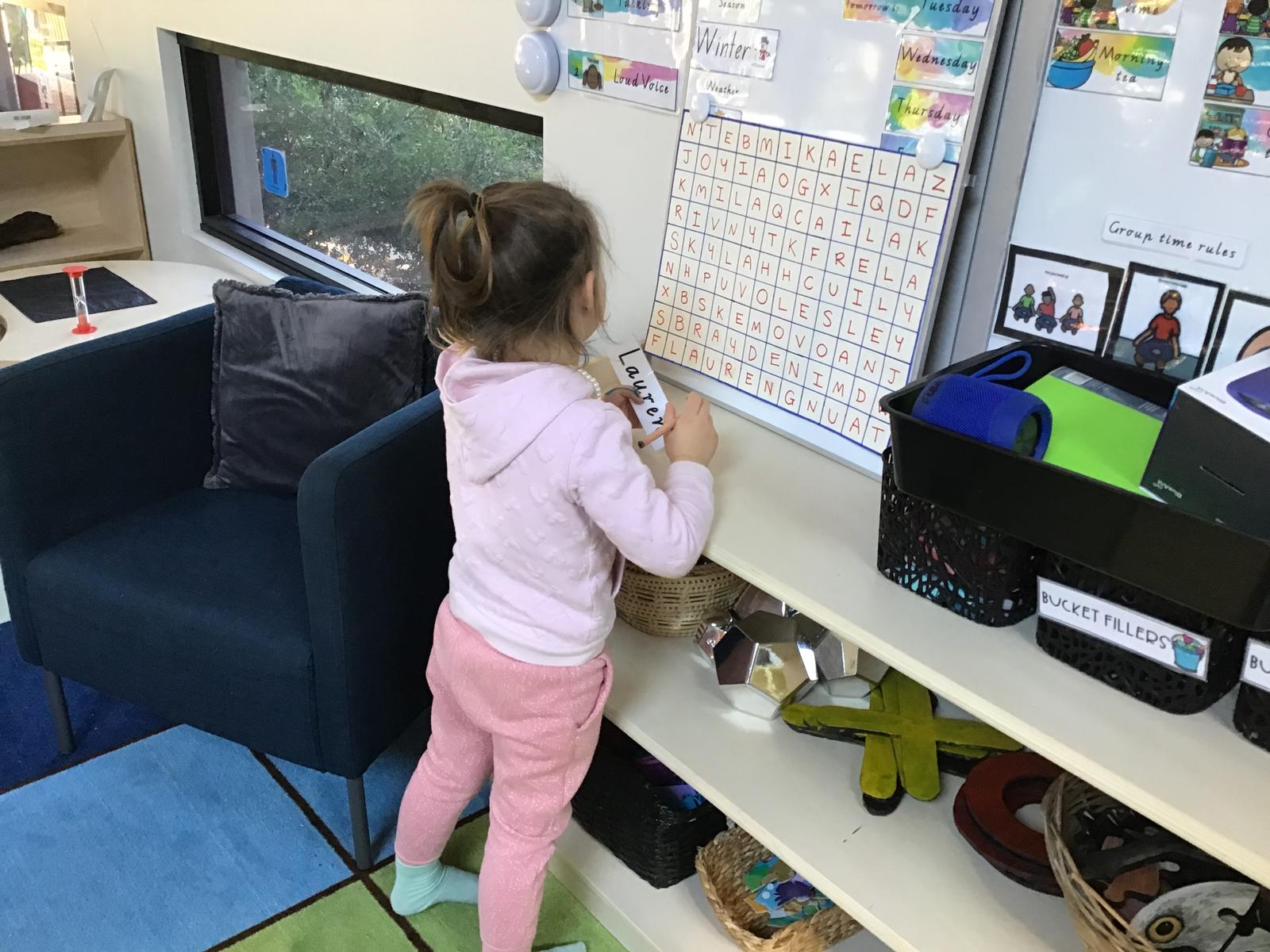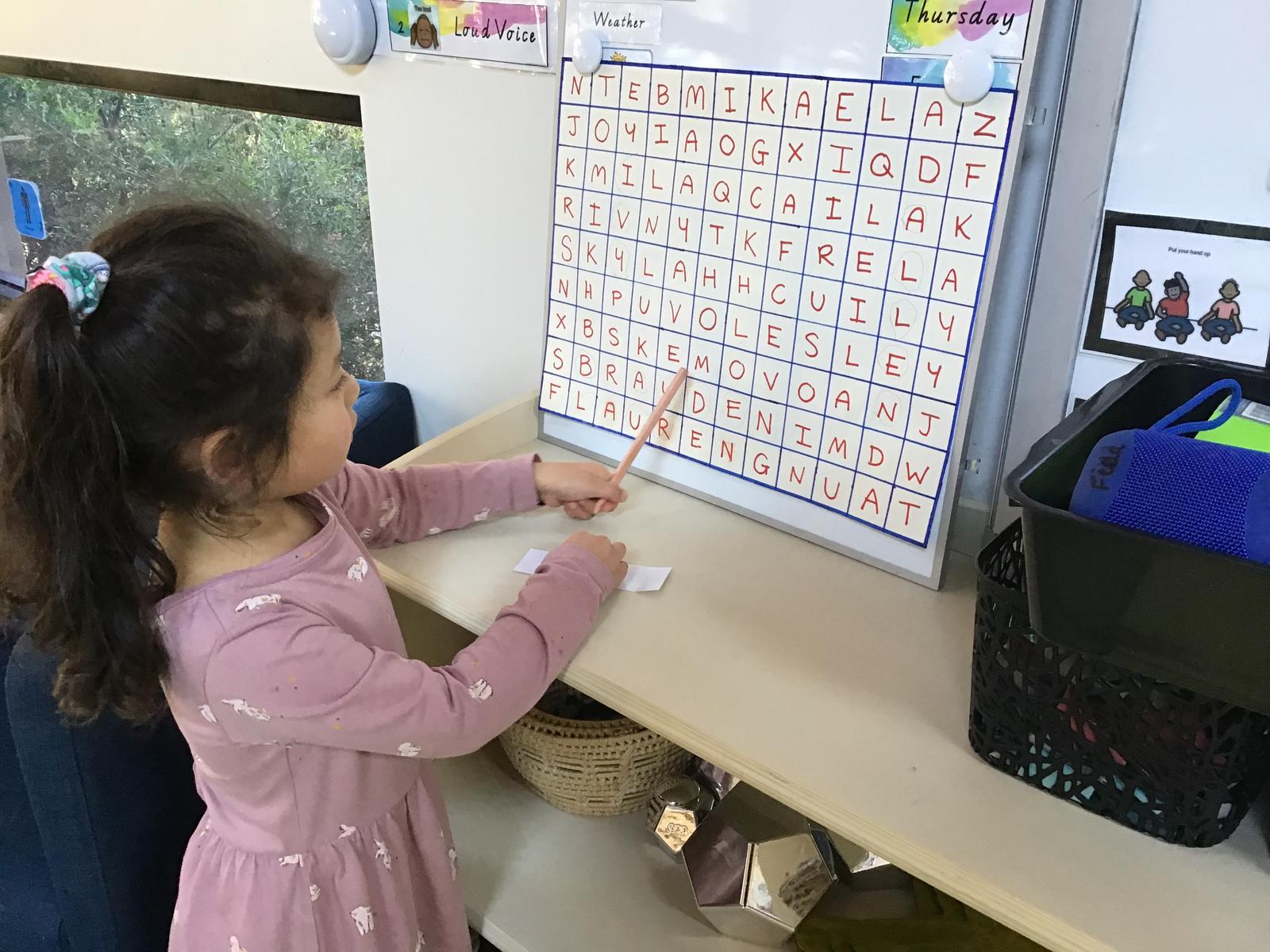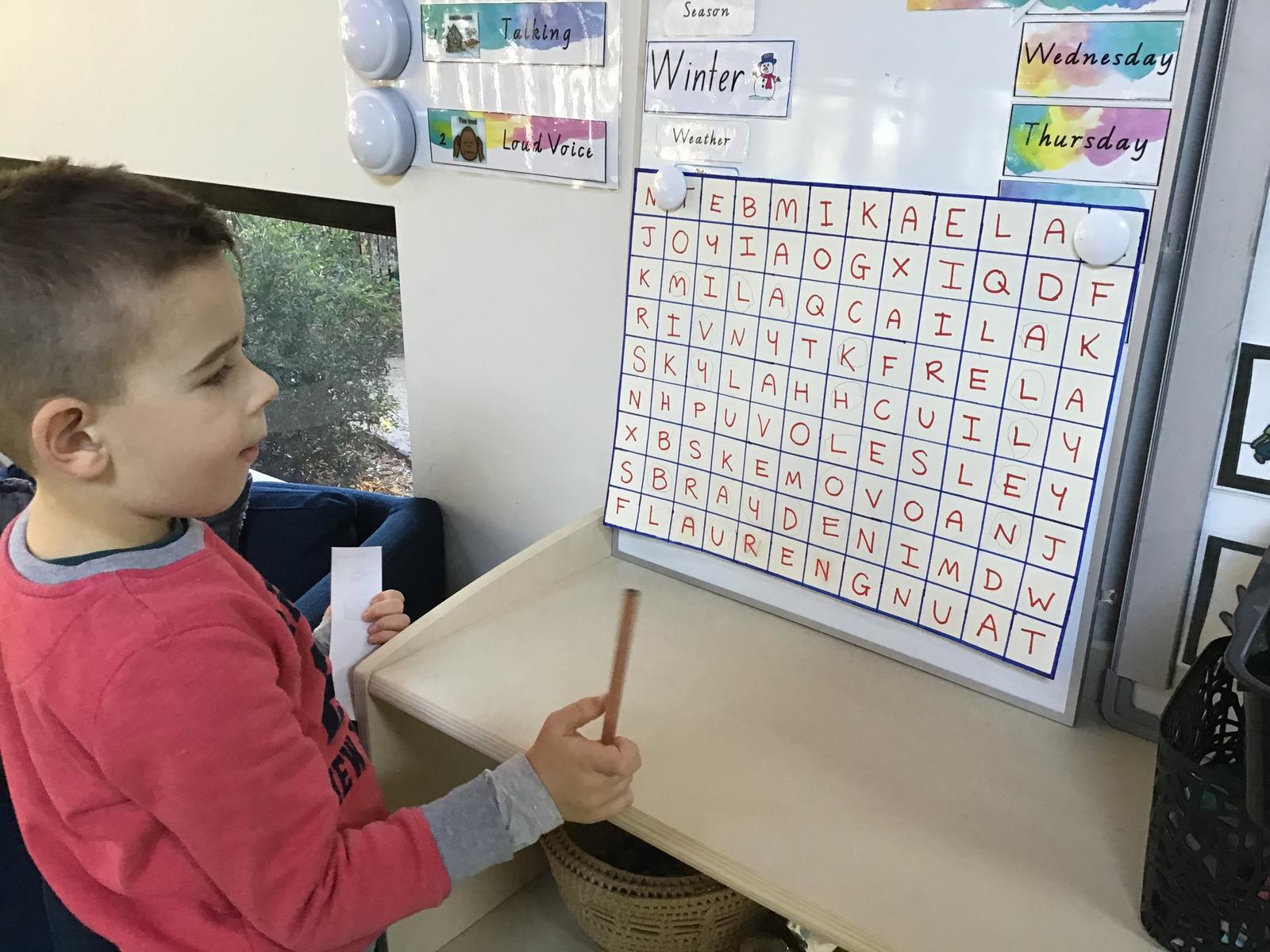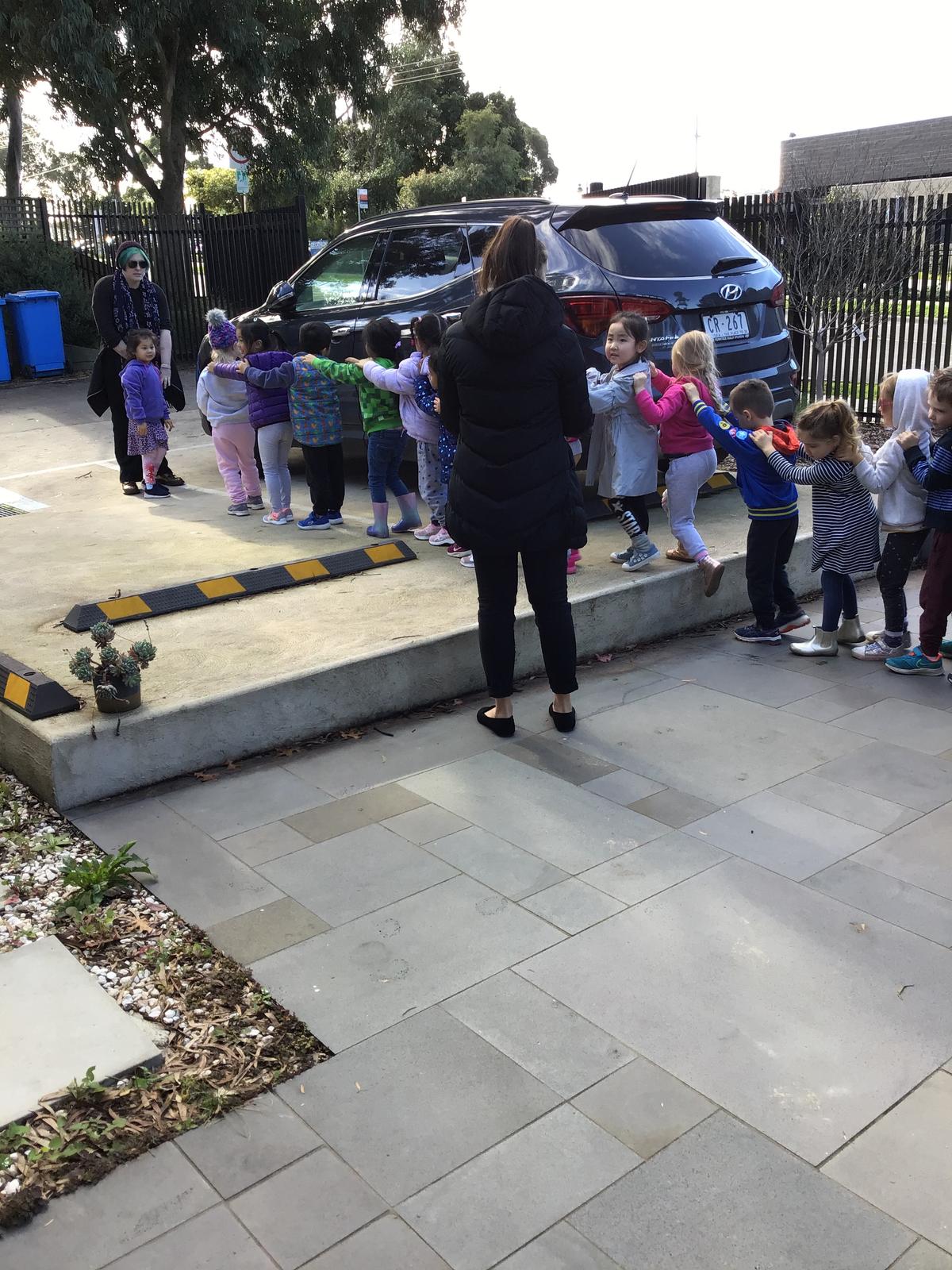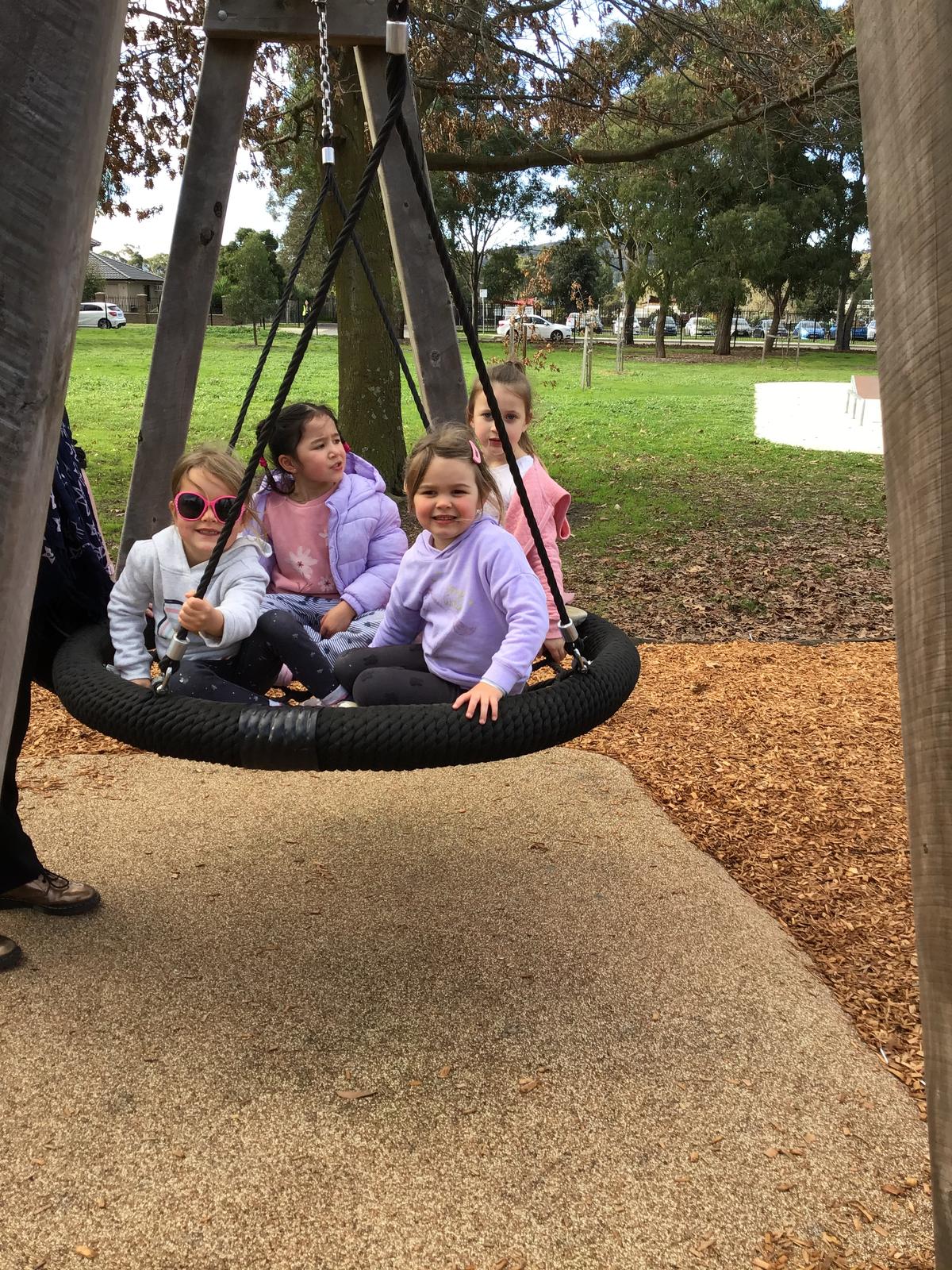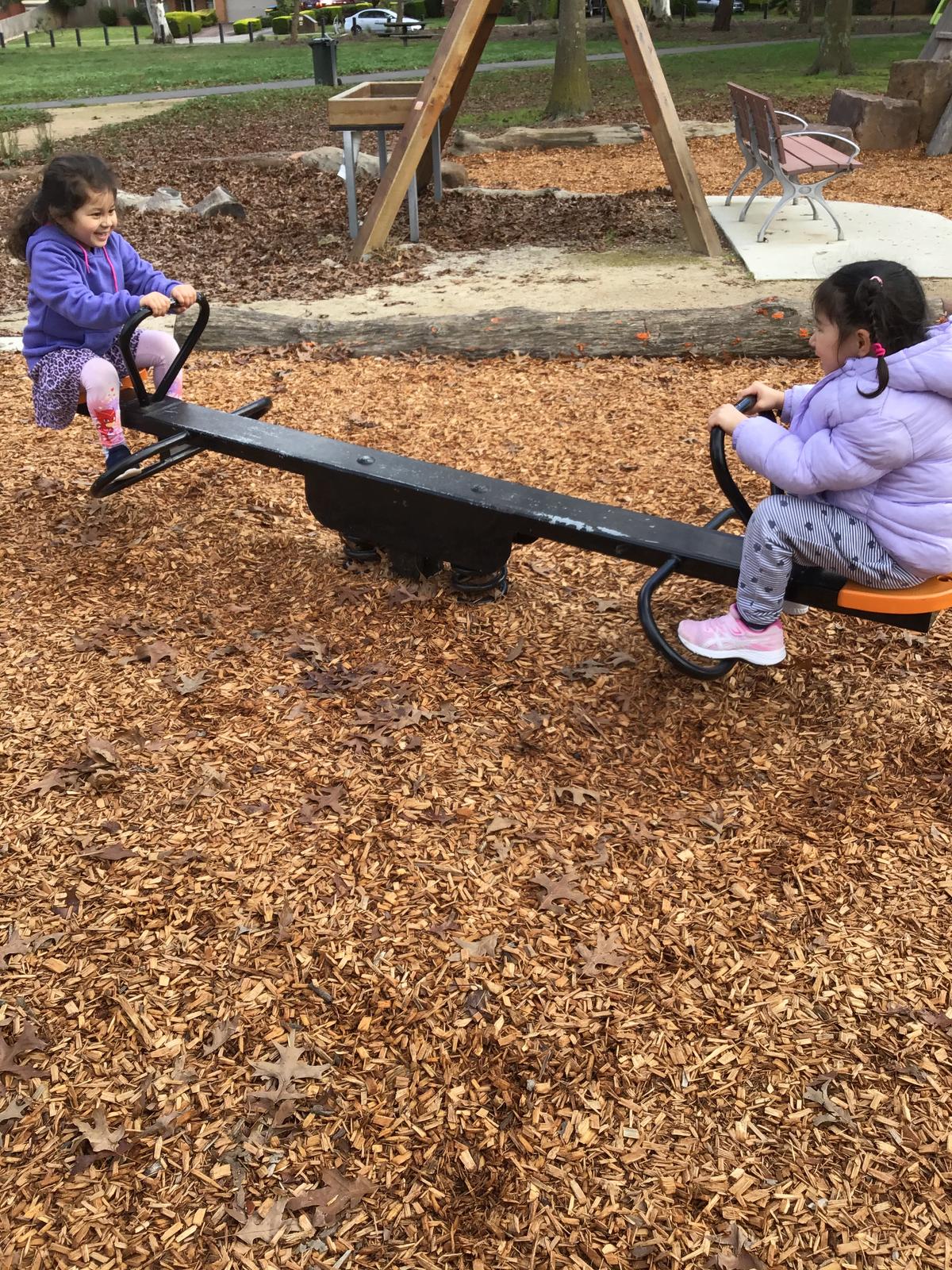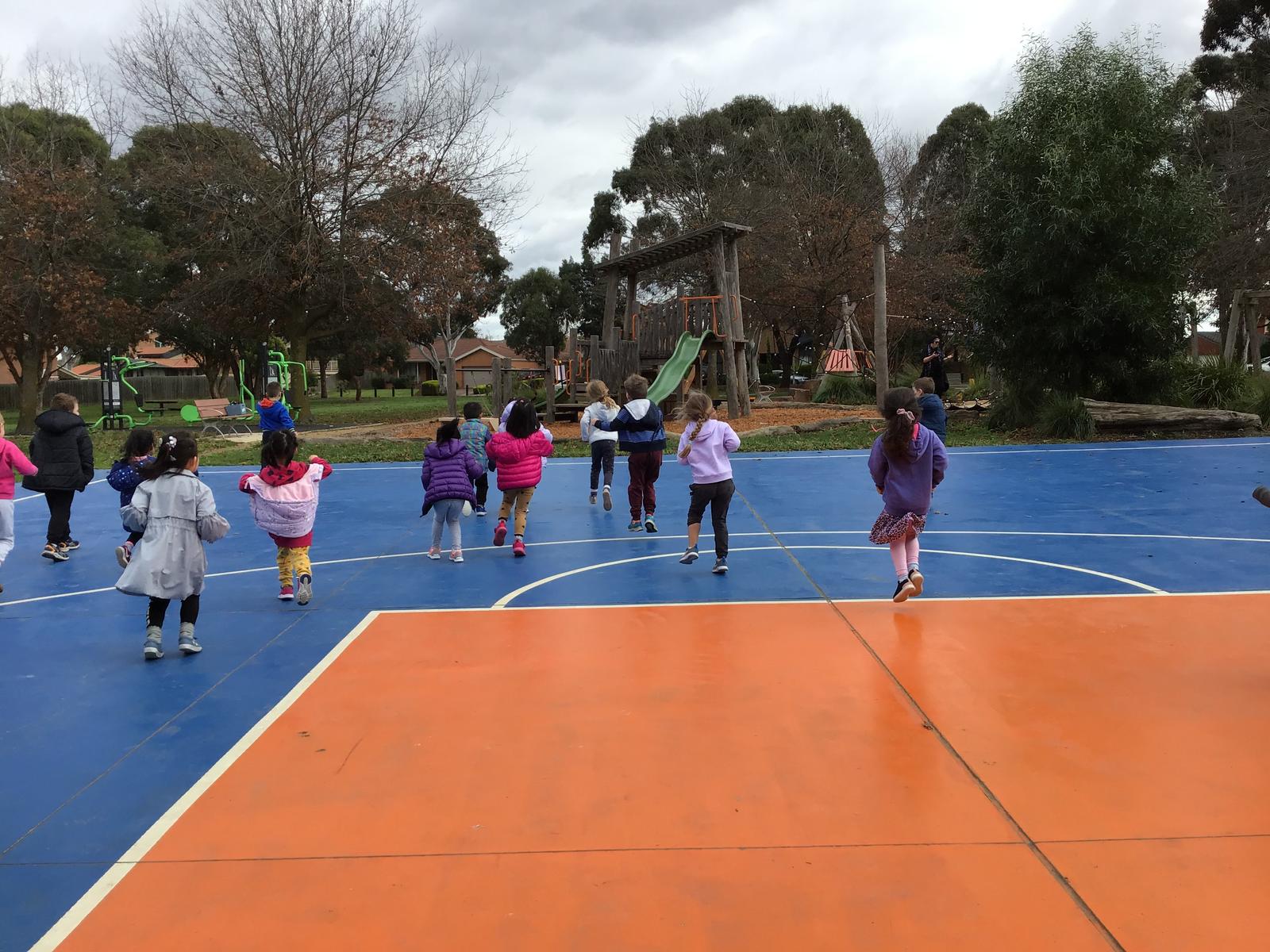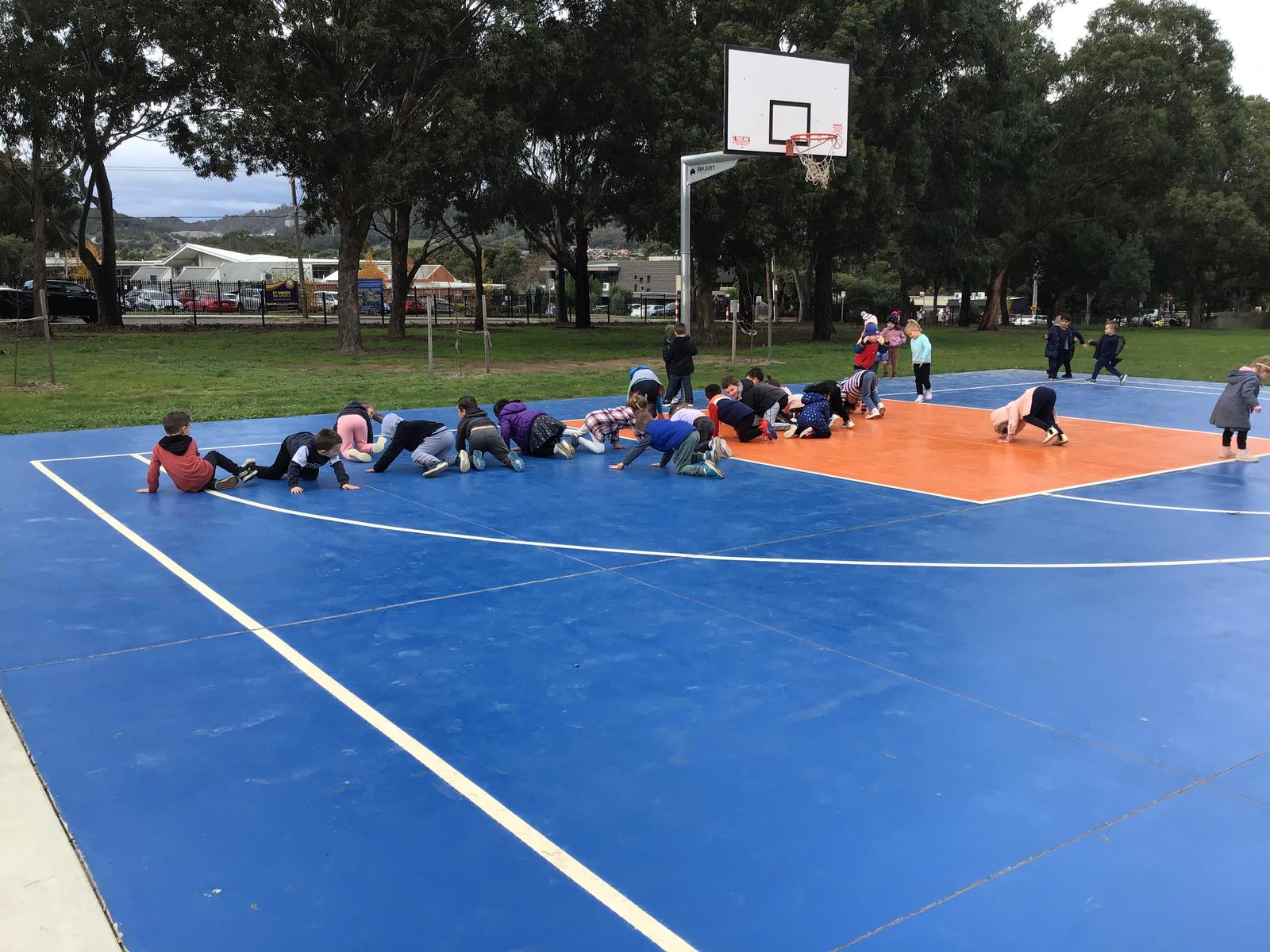Term 2 Newsletter - Field Room
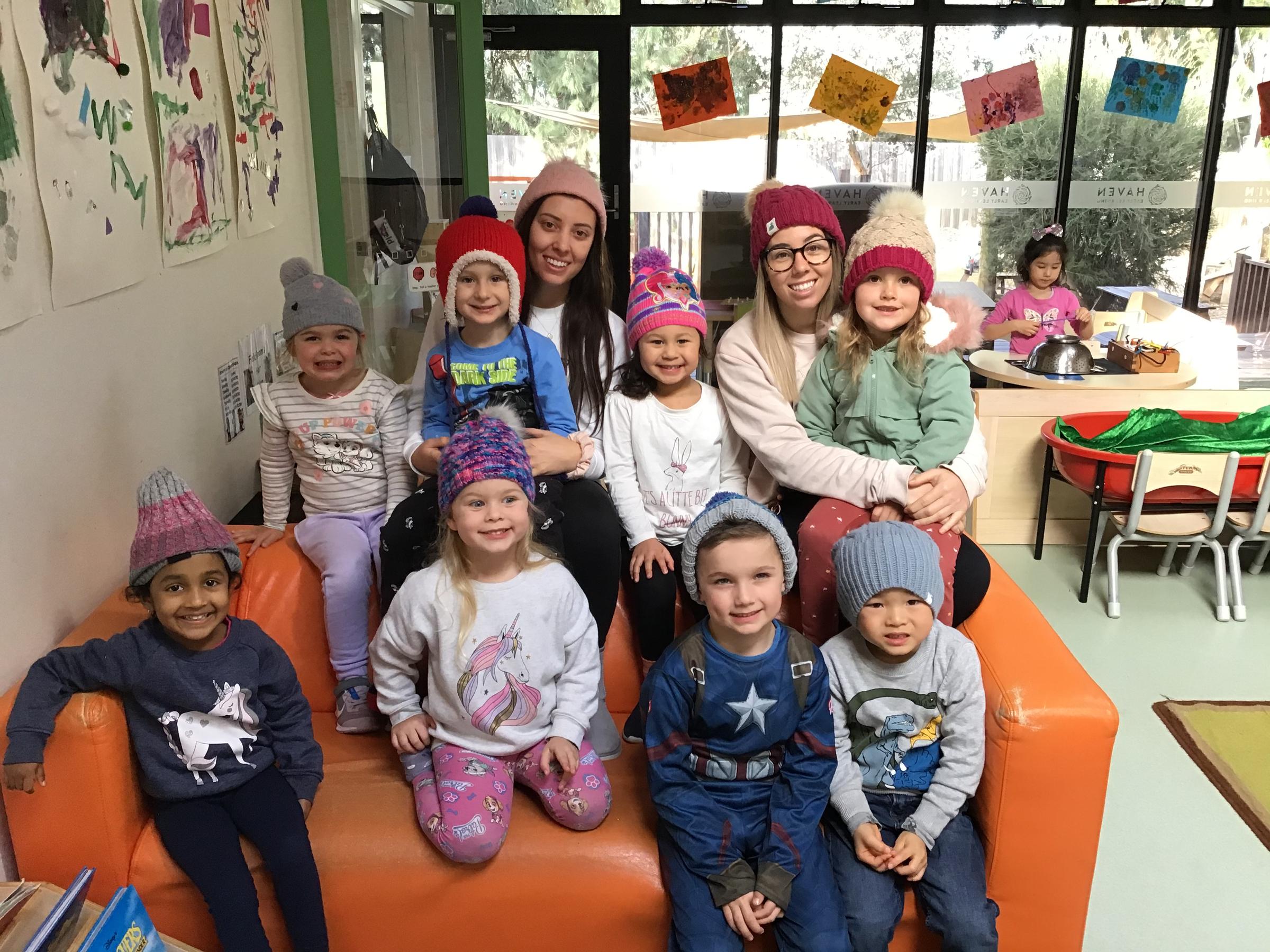
Well hasn’t this term been an incredibly different one! We want to thank all of those families who took the time to participate in our remote learning. This not only supported the children but also assisted with our teaching, as it ensured there were no gaps in the children’s learning, establishing smooth transitions upon commencing.
As you are aware we focused heavily on developing children’s social, emotional and literacy skills, as well as covering important topics surrounding hygiene and mindfulness.
SOCIAL/EMOTIONAL:
The Zones of Regulation was a big hit, as we received such positive feedback around this curriculum. The Zones of Regulation is a behavioural approach used to teach children self-regulation skills. This curriculum is broken down into four coloured zones. These are Blue, Green, Yellow and Red.
The Blue Zone describes low states of alertness and feelings of sadness, tiredness, sickness, or boredom. We explored these concepts through Trace Moroney’s ‘When I’m feeling’ book collection. The children shared experiences and times they felt sad, as well as other states in the Blue Zone. We also discussed strategies to help us regulate in this zone, by asking for a hug, talking to a teacher or adult, or taking a break (calm down box, or one person activity).
The Green Zone describes a calm state of alertness, where children feel happy, focused, content or ready to learn. This is the optimal zone where learning occurs. We explored this zone through the book ‘When I’m Feeling Happy’, and again children shared experiences and times where they felt these emotions. We discussed that when you’re in this zone you can follow directions, listen, work hard and make good choices.
The Yellow Zone describes a heightened state of alertness and emotions, however children have more control of these when they are in this zone. They may experience frustration, silliness, excited, worried, and loss of some
control. We explored this zone through an interactive story called ‘Ruby Find’s a Worry’ by Tom Percival. Children described things that make them feel worried, and shared these with their peers. We talked about strategies we can use to help us regulate back to the Green Zone. These were to get a drink, stretch our bodies or take a break (calm down box, or one person activity).
The Red Zone describes extremely heightened states of alertness and intense emotions. Children may experience anger, out of control, hitting, yelling, hiding and mad. We read the book ‘When I’m Feeling Angry’ and shared times when we felt these emotions. We also discussed strategies that we can use to help us regulate back into the Green Zone. These were to get a drink, take deep breaths or take a break. We explored different ways to use breathing to help calm us. We learnt about hand breathing, and clenched our bodies really tight and spoke about how our bodies feel when that happens. When we released, we spoke about how our bodies now feel, and what colour zone we were now in.
Following on from learning about the Red Zone, we introduced Tucker Turtle. Tucker Turtle is a tool that gets children to recognise their feelings through an interactive and scripted story. With the use of a puppet, children experience a social story that talks about a turtle that feels in the Red Zone. The story goes through strategies and solutions of how to regulate ourselves back to the Green Zone, so that we ensure we are kind, friendly and safe.
Tying this all together, we finished off by learning about Bucket Filling. Bucket Filling exposes the children to gain an understanding that their actions can have consequences for not only themselves, but others too. We learnt that everyone has an invisible bucket, and when we do kind and friendly things we are able to help fill people’s buckets. When people’s buckets are filled, they’re happy and feel in the Green Zone. However, when we do not do kind and friendly things, we dip from their buckets, causing them to be in the Blue, Yellow or even in the Red Zone. We read the book ‘How Full is
Your Bucket’ by Tom Rath and Mary Reckmeyer, and brainstormed ideas on ways we can help fill people’s buckets, as well as things that could dip from people’s buckets.
LITERACY:
As we noticed a growing interest and curiosity around literacy in the room, we endeavored to extend on this through intentional teaching. We exposed the children to Jolly Phonics and Cued Articulation, which support the children’s break down of the sounds of the letters of the alphabet, as well as a fun and interactive way through song to develop children’s literacy.
Further, we looked at Alphablocks, upper case and lower-case letters, words beginning with certain letters, other alphabet songs, and Reading Eggs.
Moving forward, we will look at a range of fine motor skills and activities to support children’s pencil grip.
MINDFULNESS:
Well don’t we all need a bit of this in our day! Every afternoon the children and teachers practice mindfulness through meditation. We use a range of different tools to engage in this practice. As a result, the children have become in tune with their breathing, and further extending their social and emotional well being. We have used windmills, resistance bands, hand breathing, and guided meditation clips. This has been a really great way to connect with our bodies, and re coup after a busy morning.
EXCURSIONS:
Due to COVID-19 and not being able to get out for a long period of time, it has been really exciting to finally be able to play at the park! We will continue to do this spontaneously throughout the week.
Extending on this, we will look at learning about Stranger Danger to ensure the safety of everyone.
STORY PARK:
Just a reminder all of our communication and updates are posted directly to Story Park. Please check this regularly so that you’re aware of what is happening and upcoming in the Field Room!

